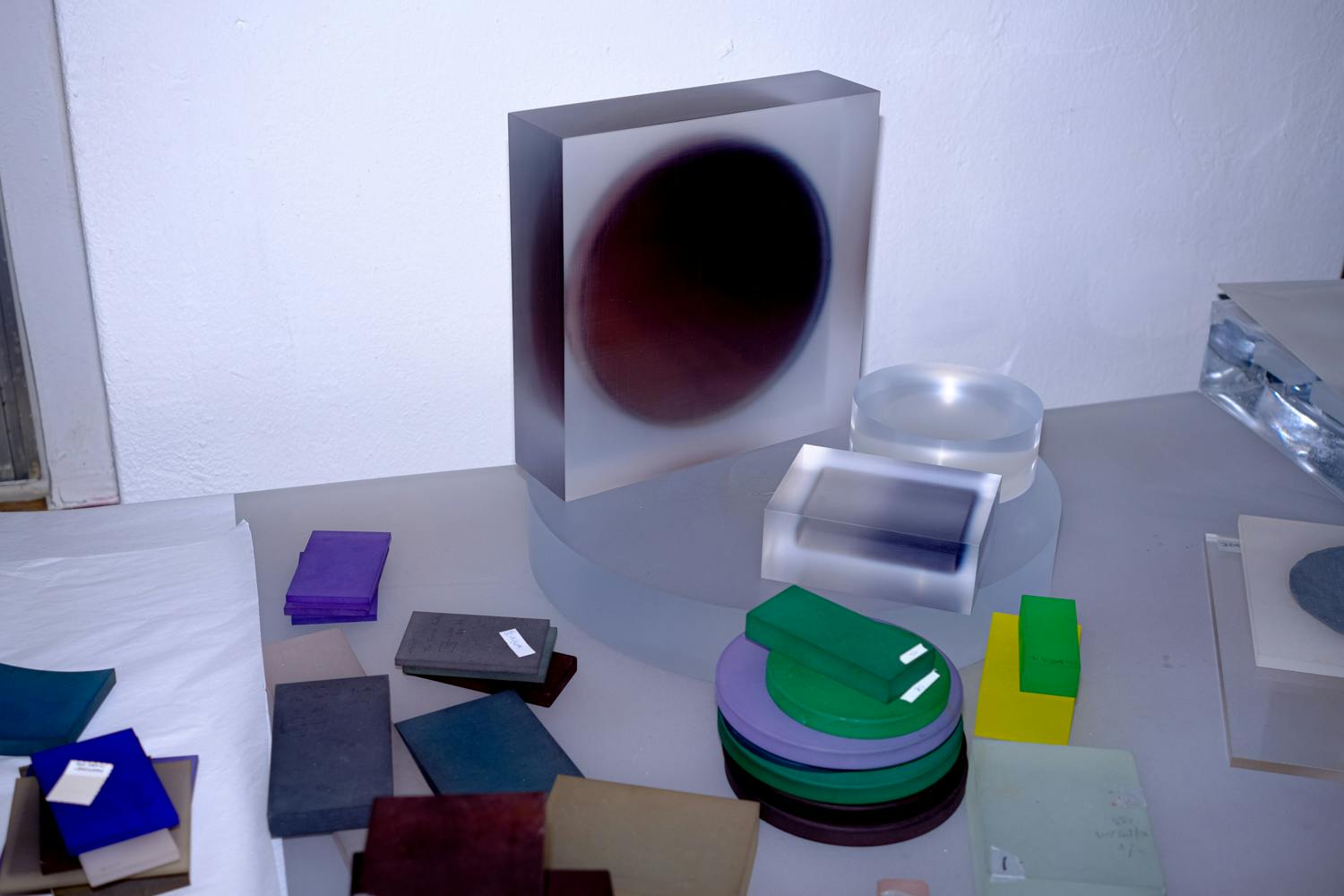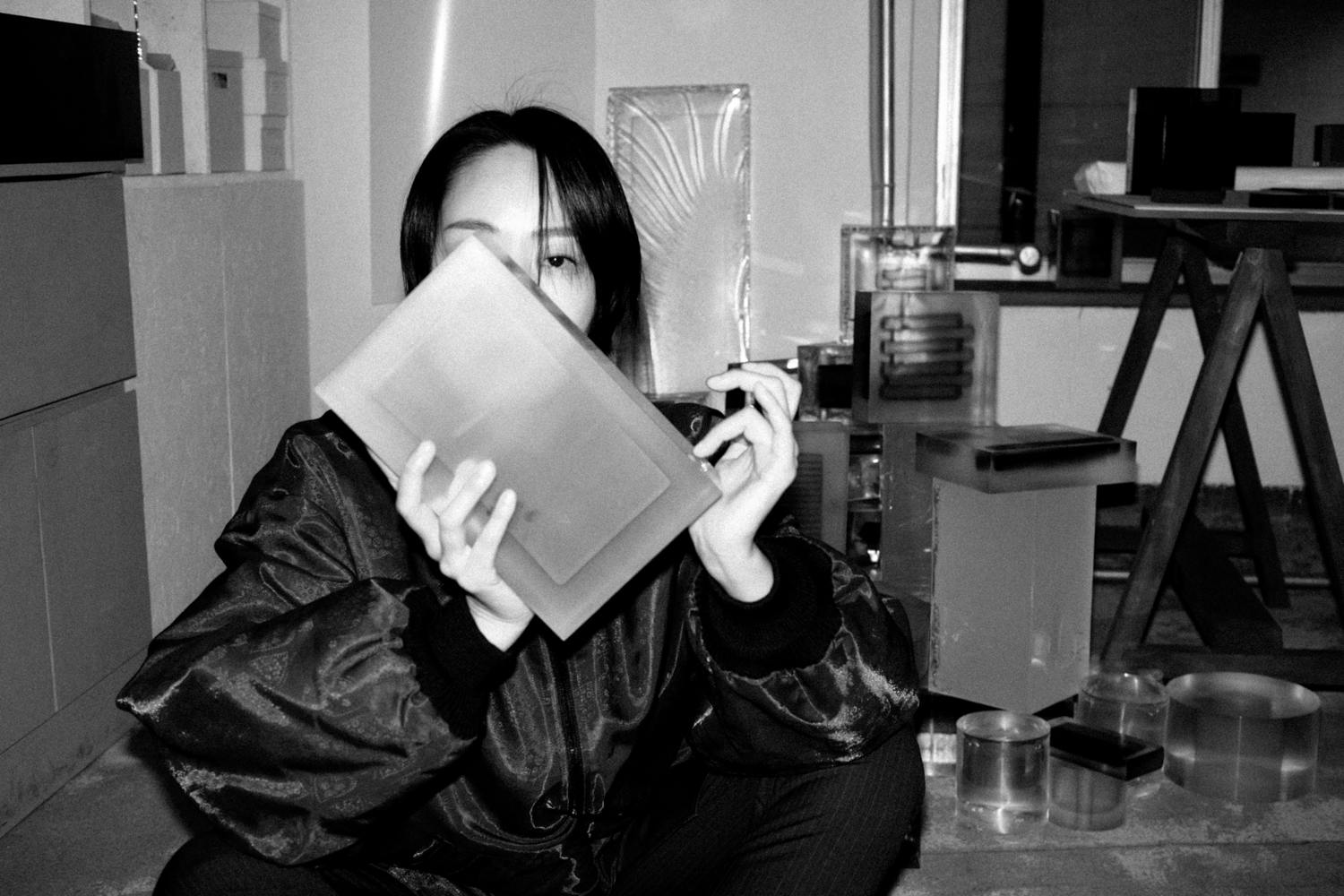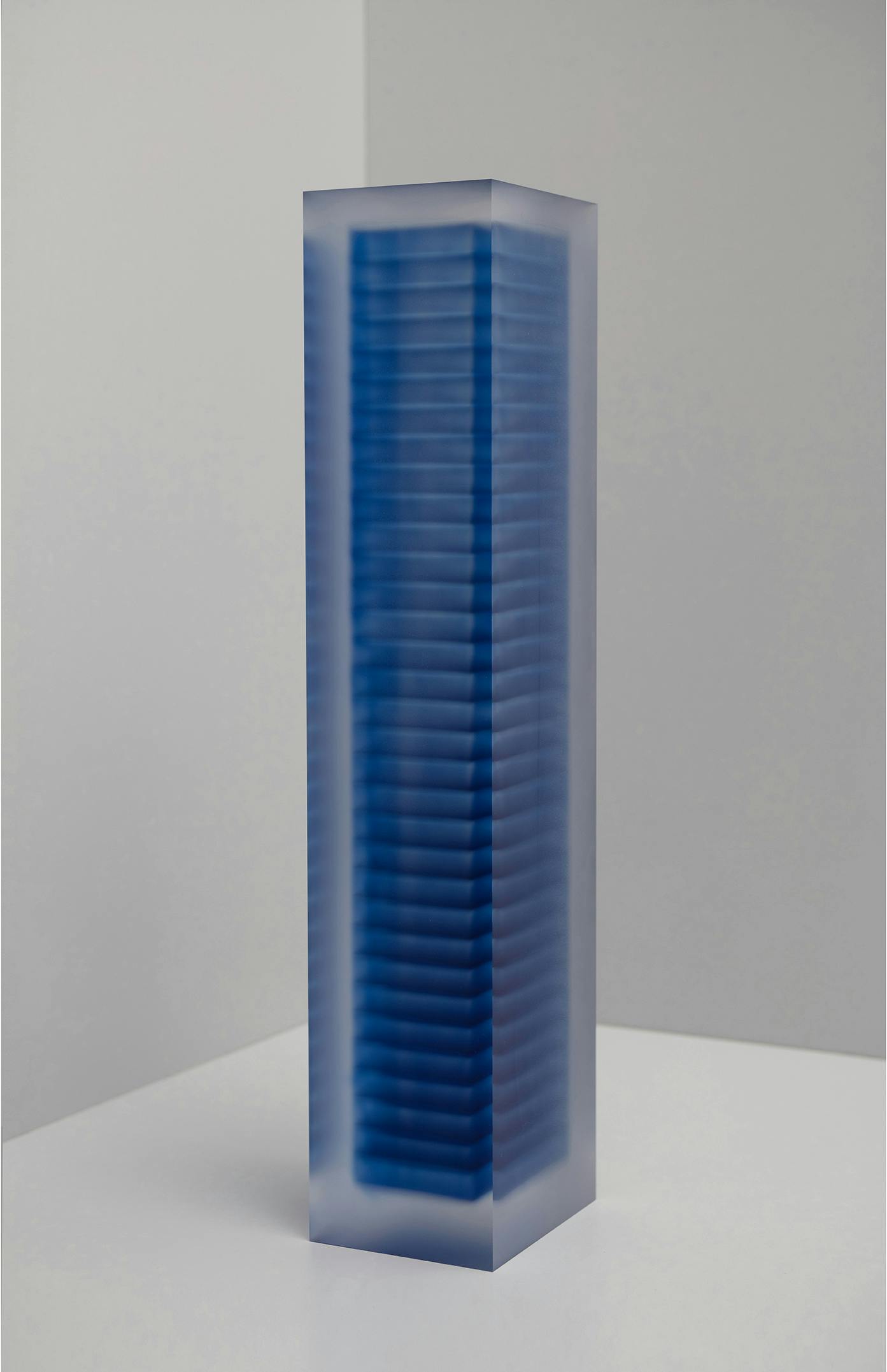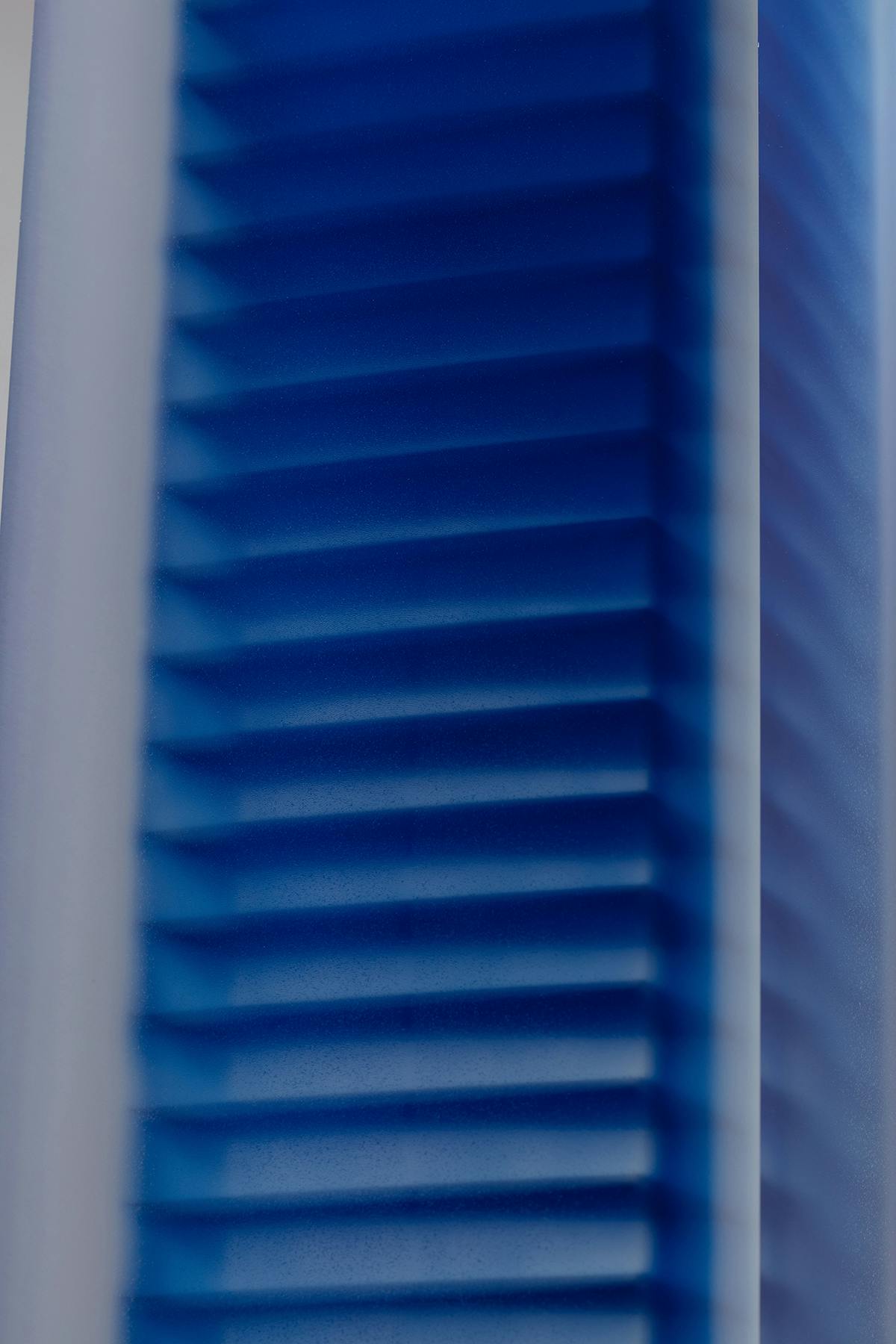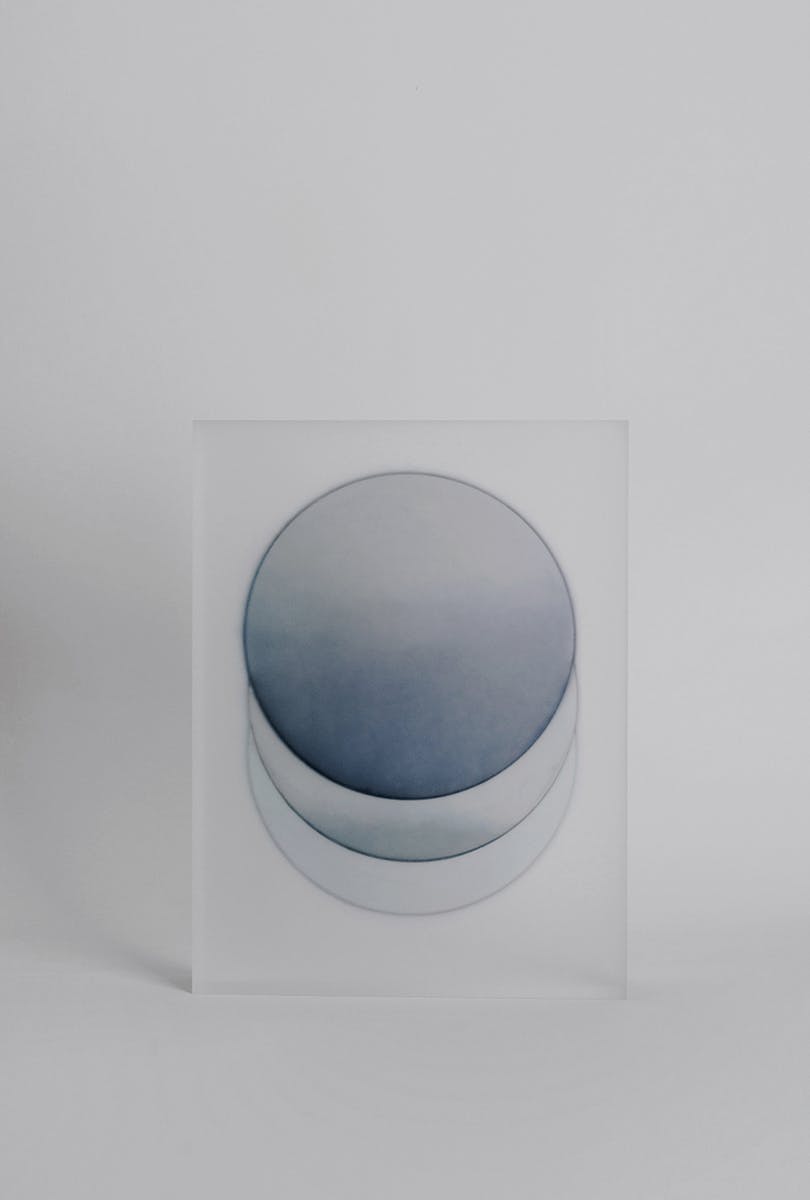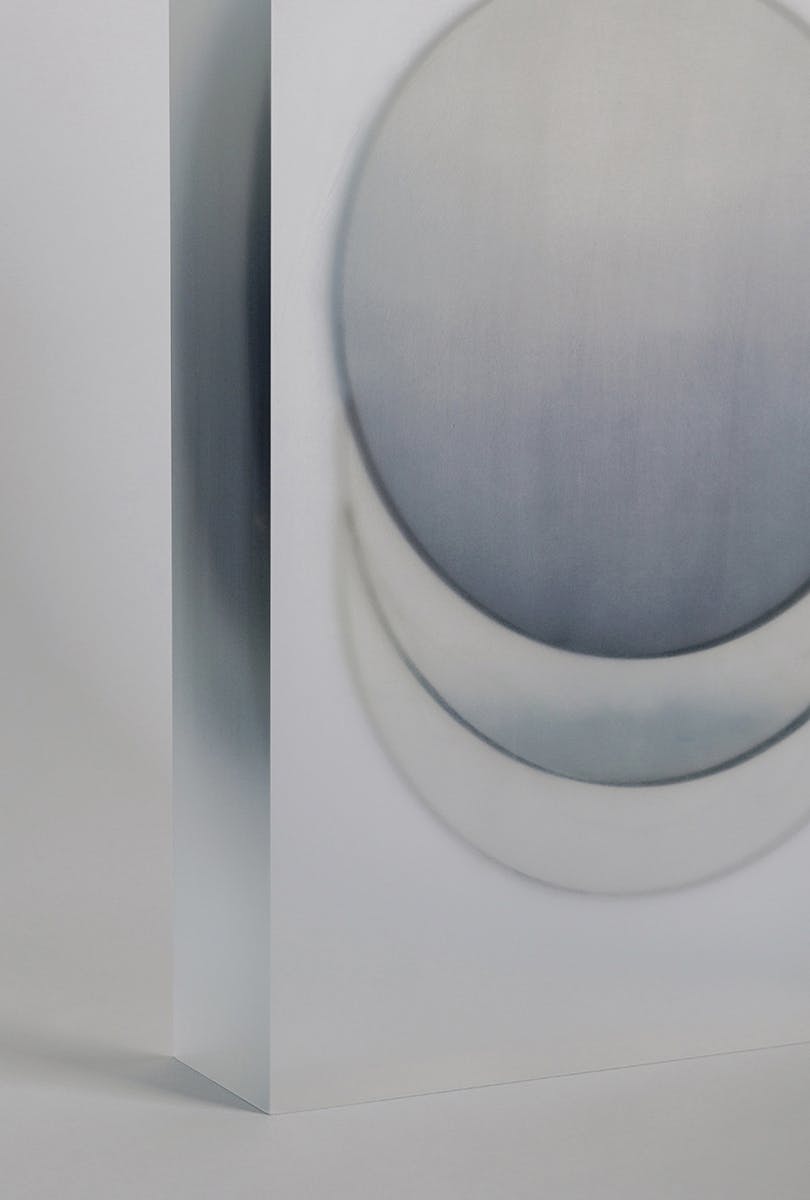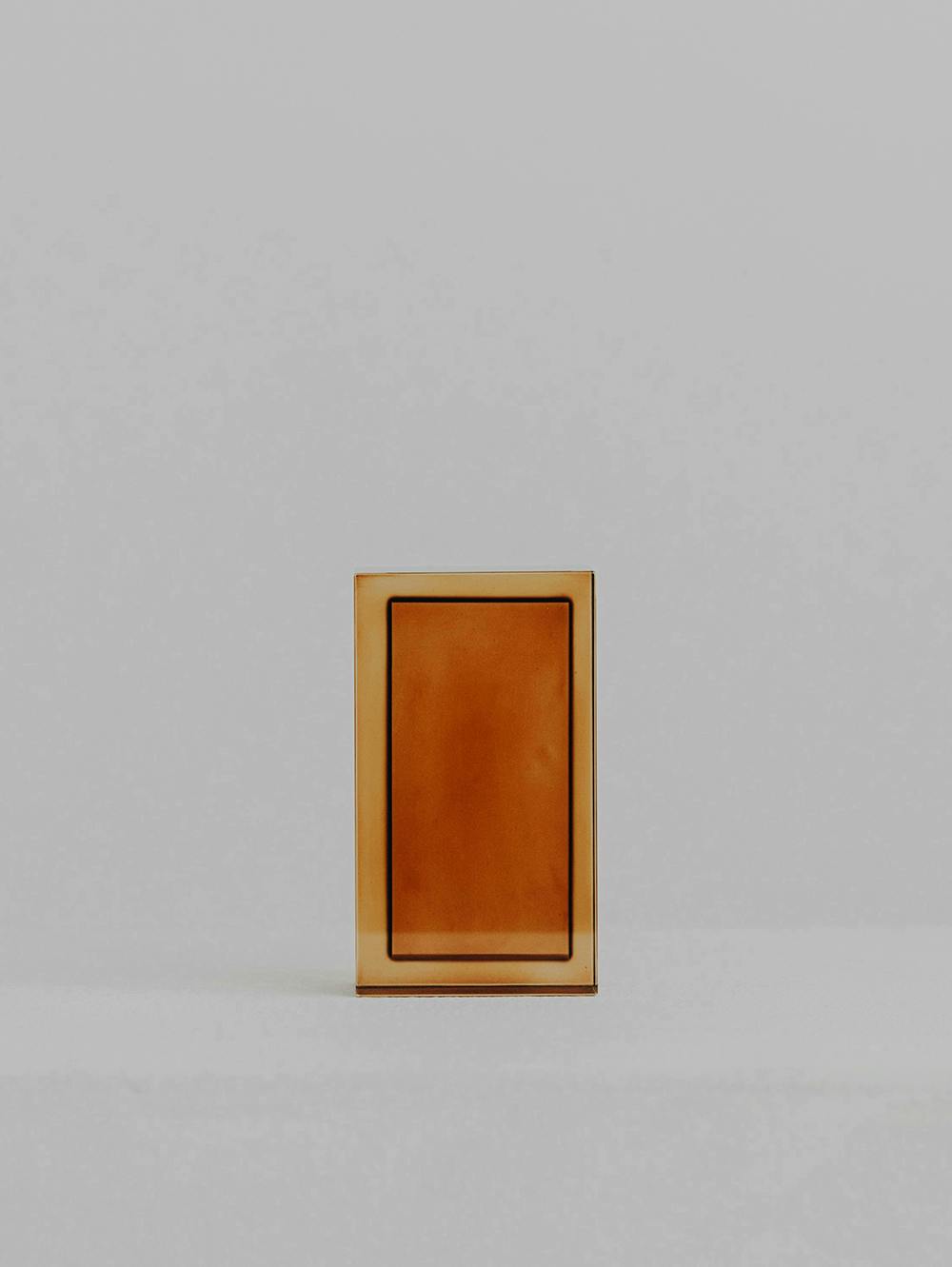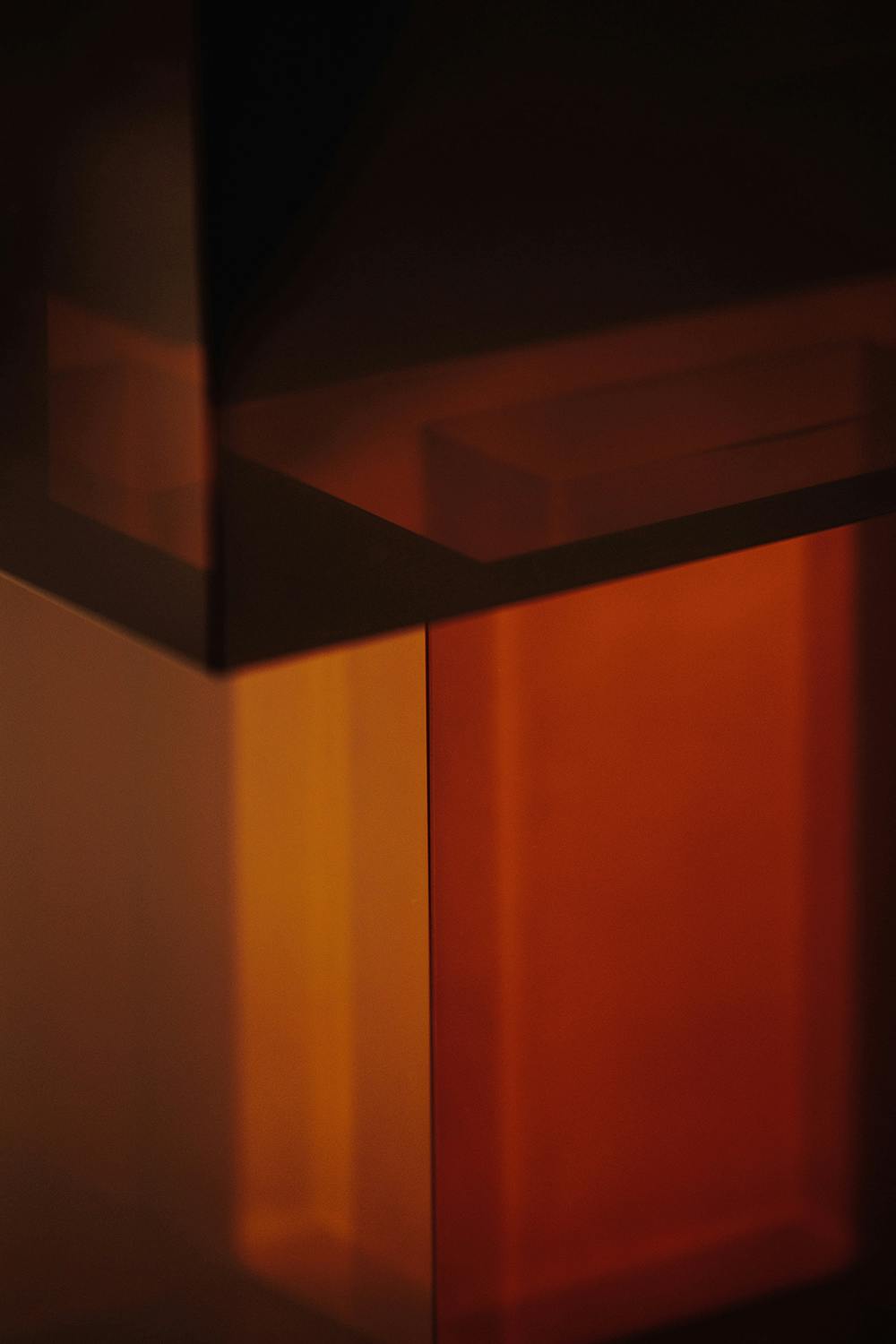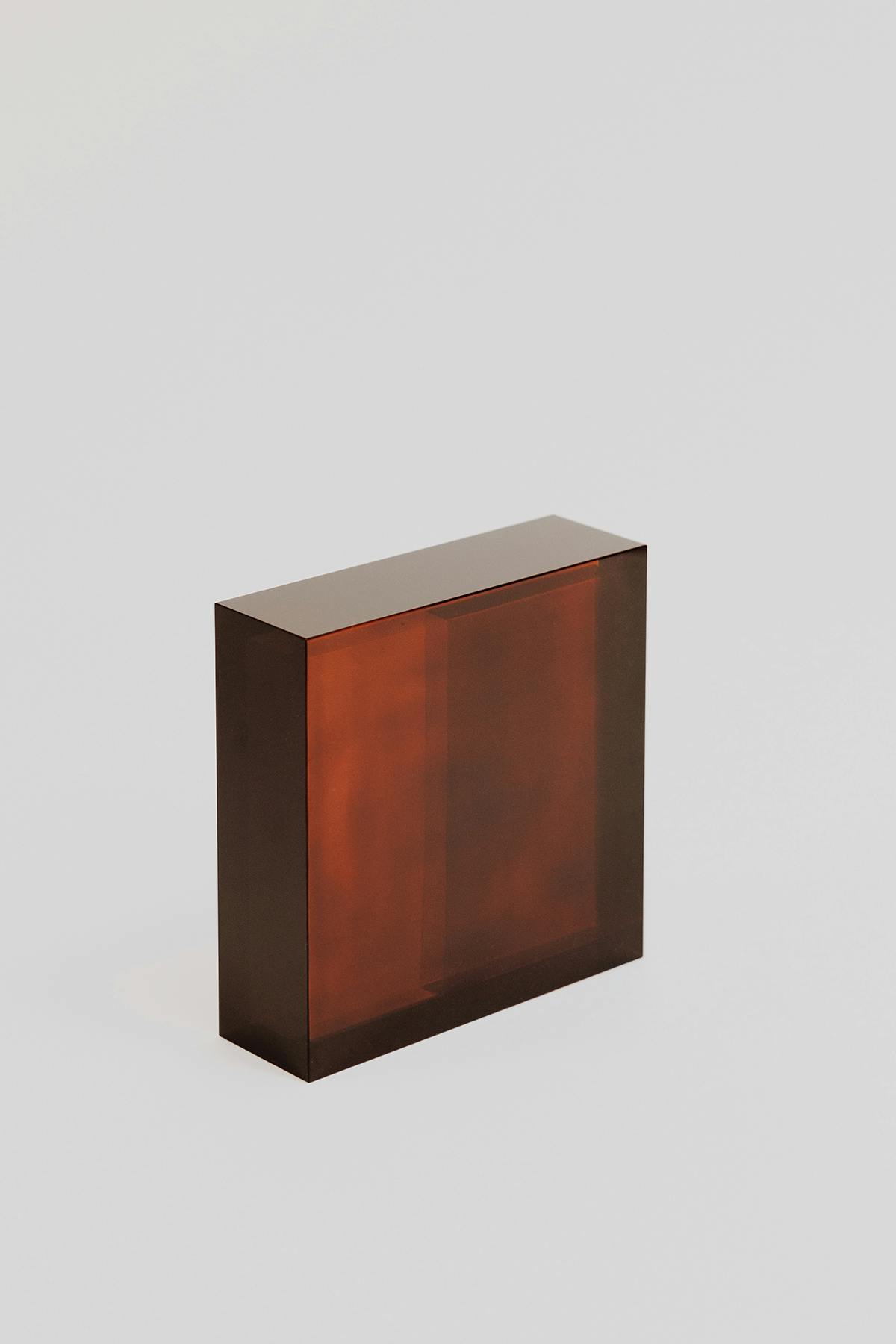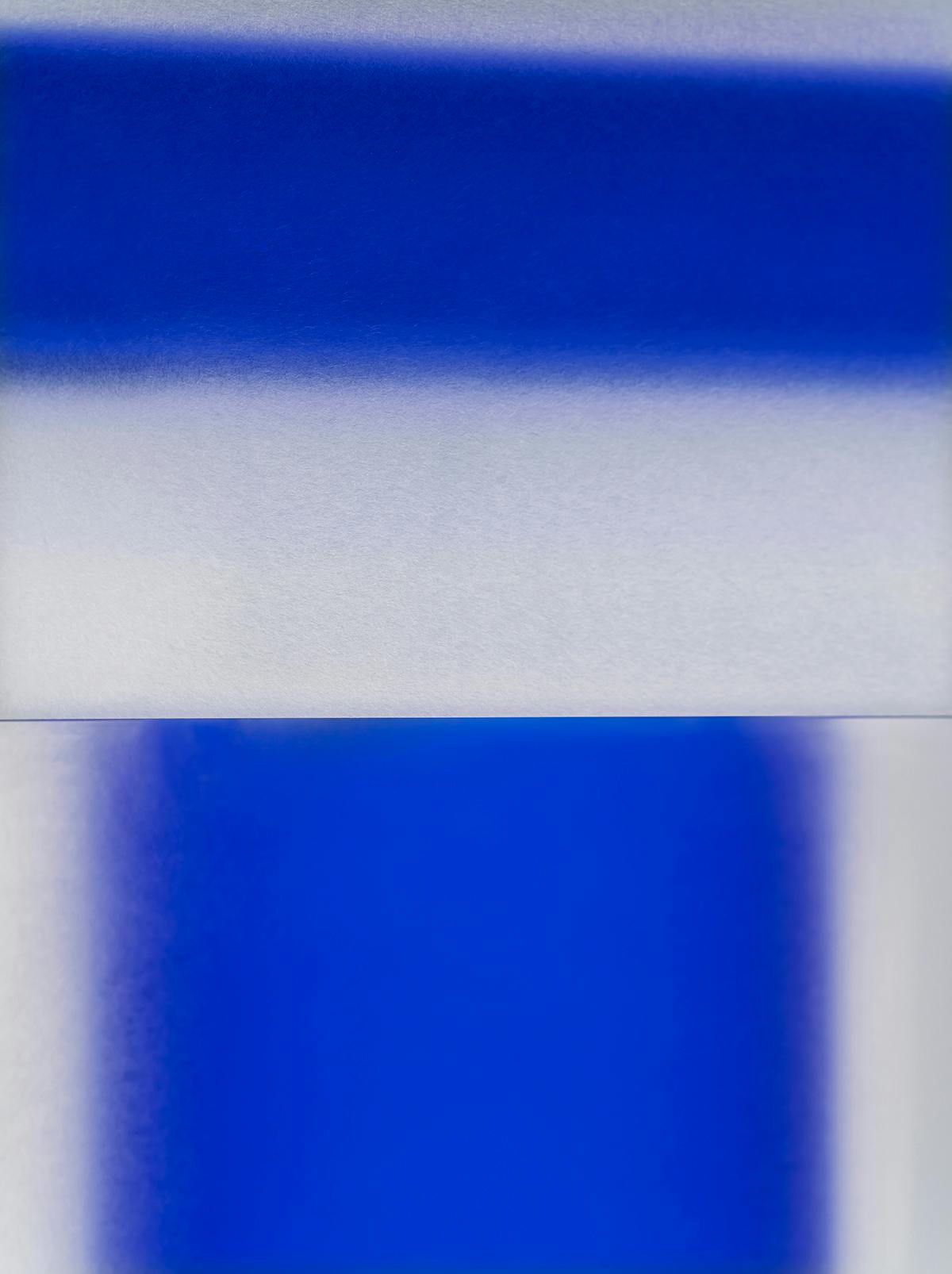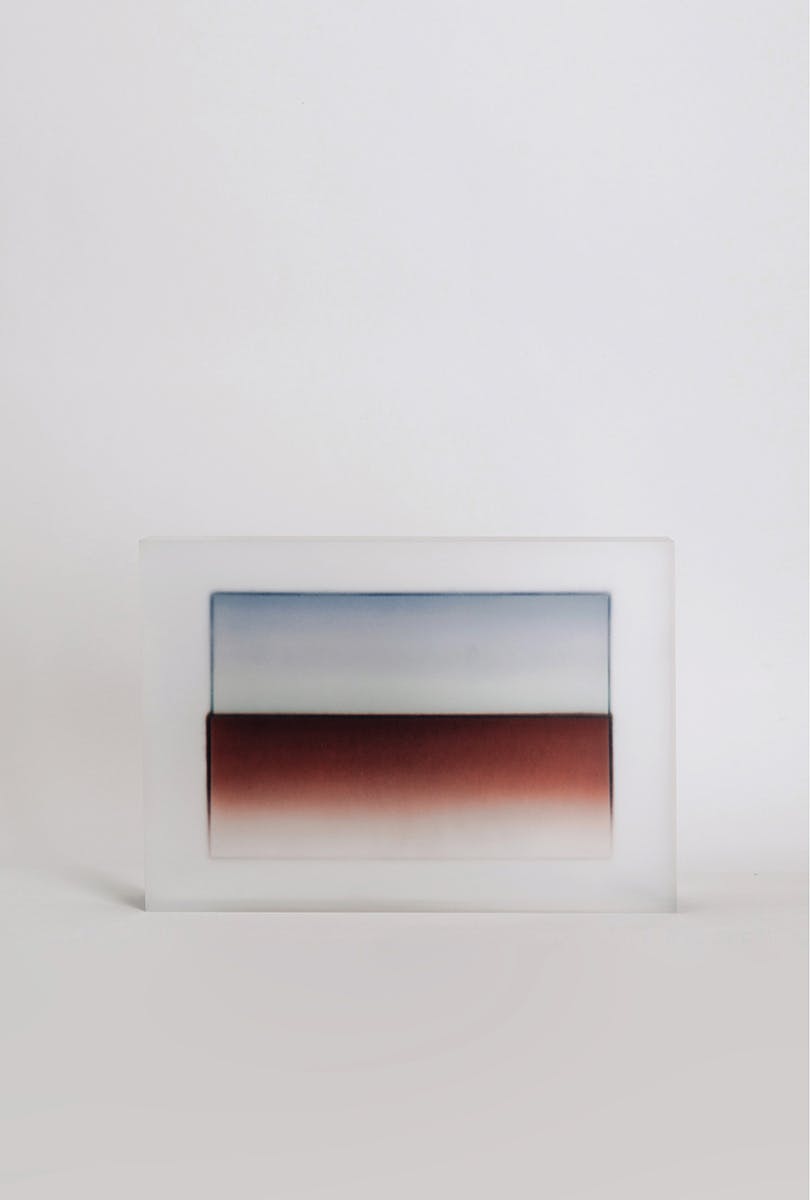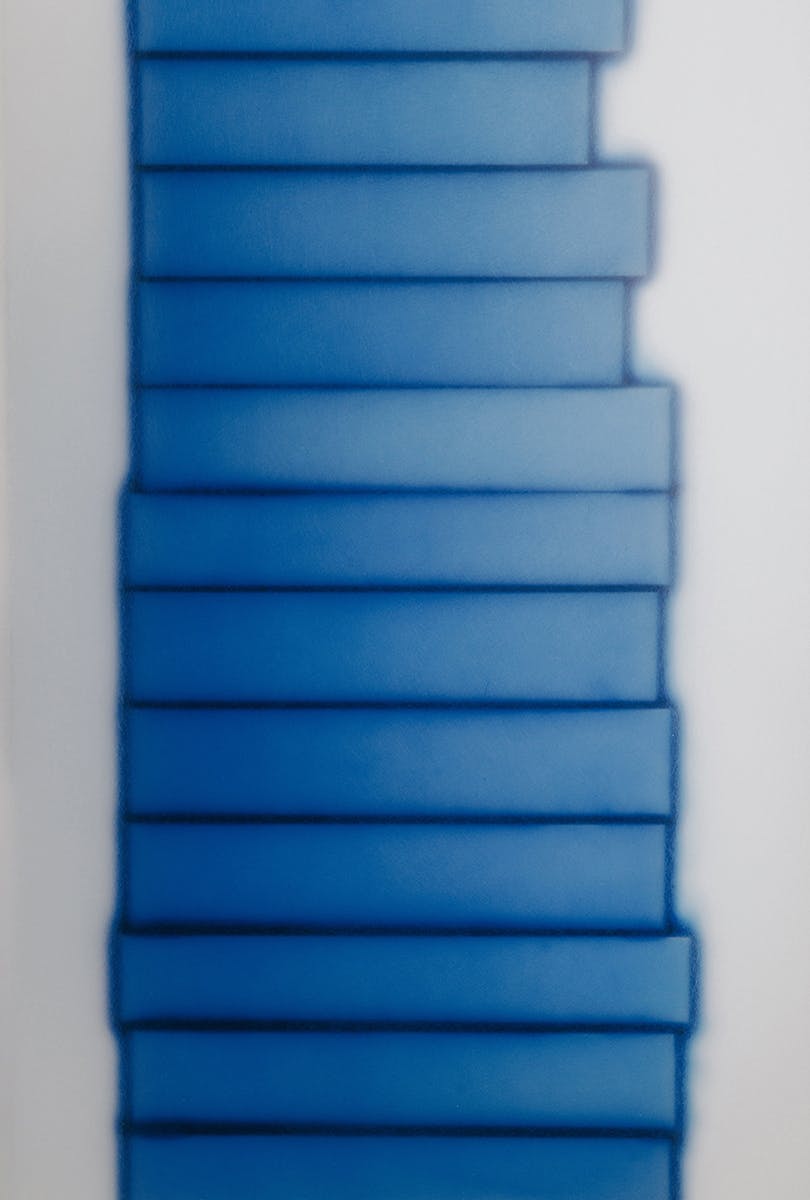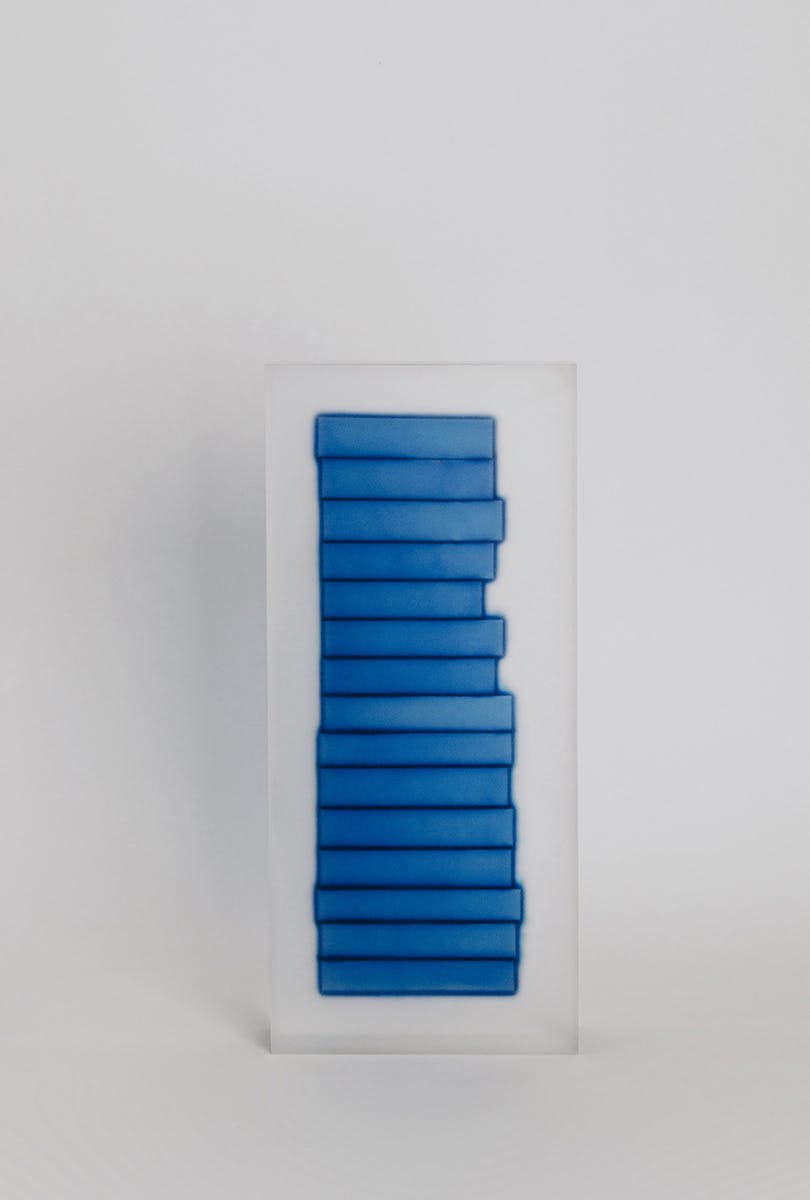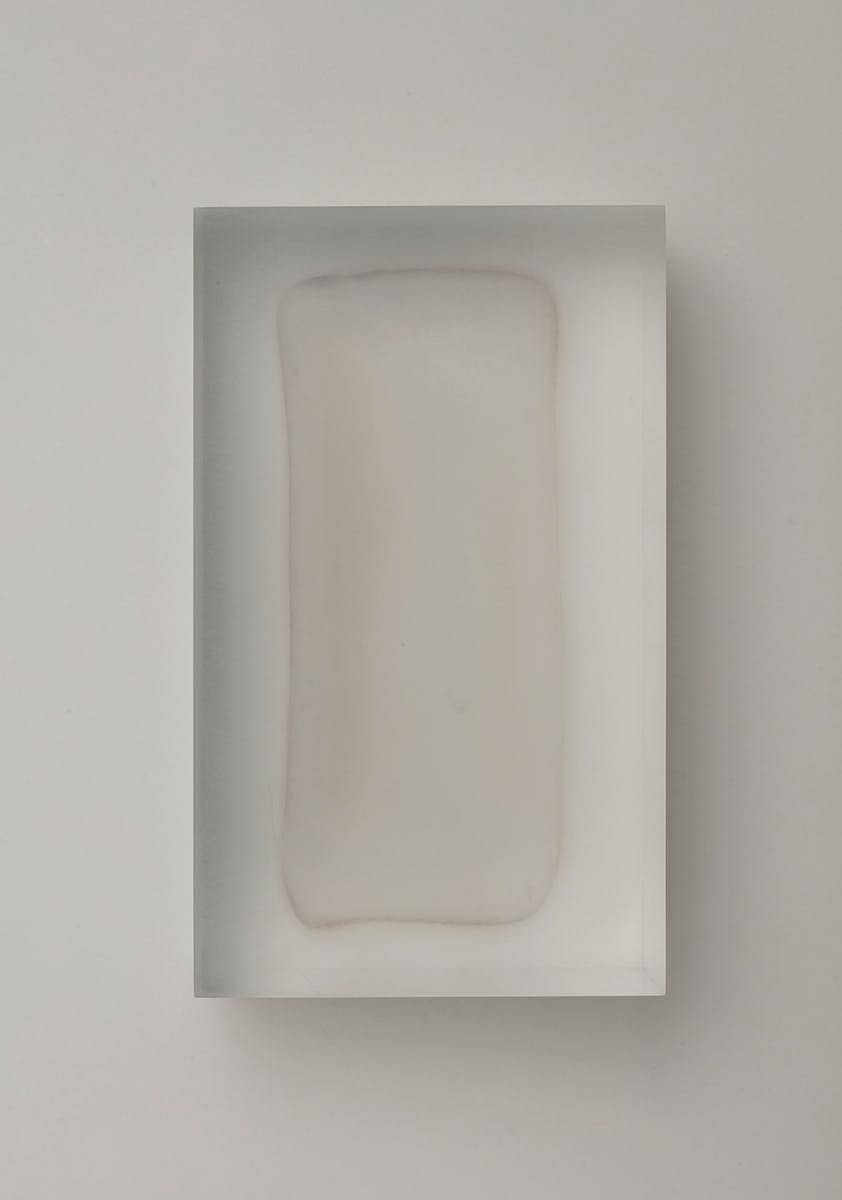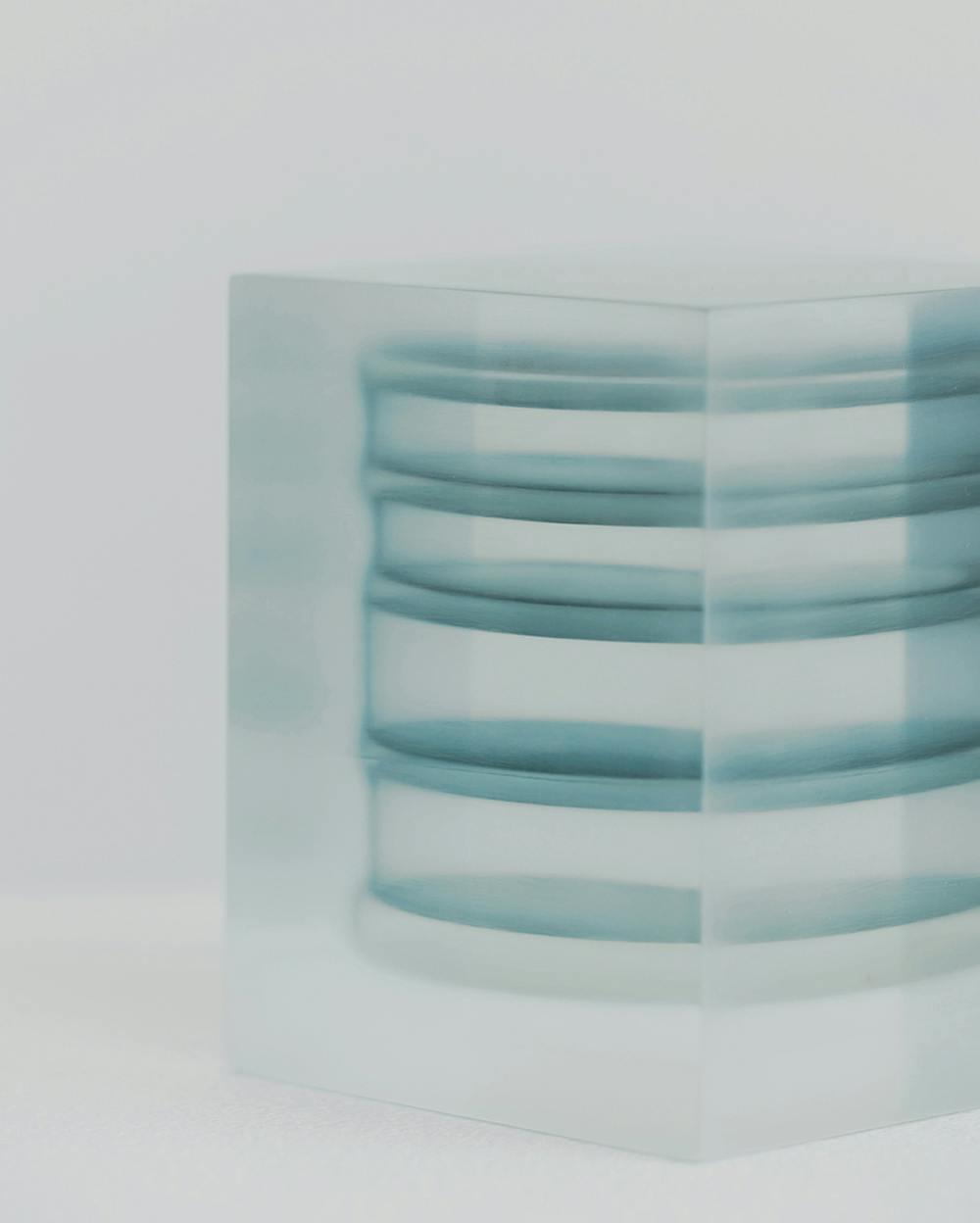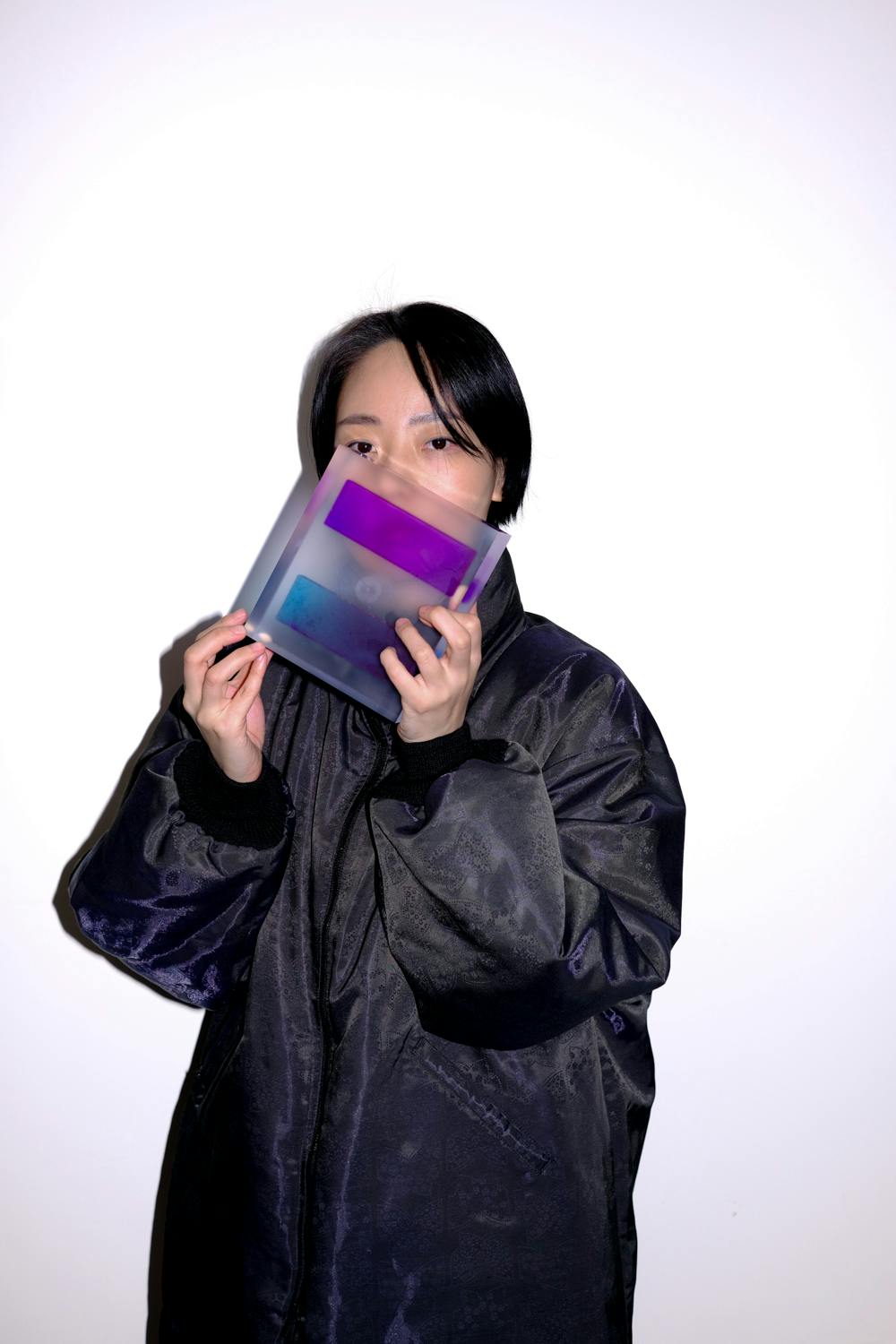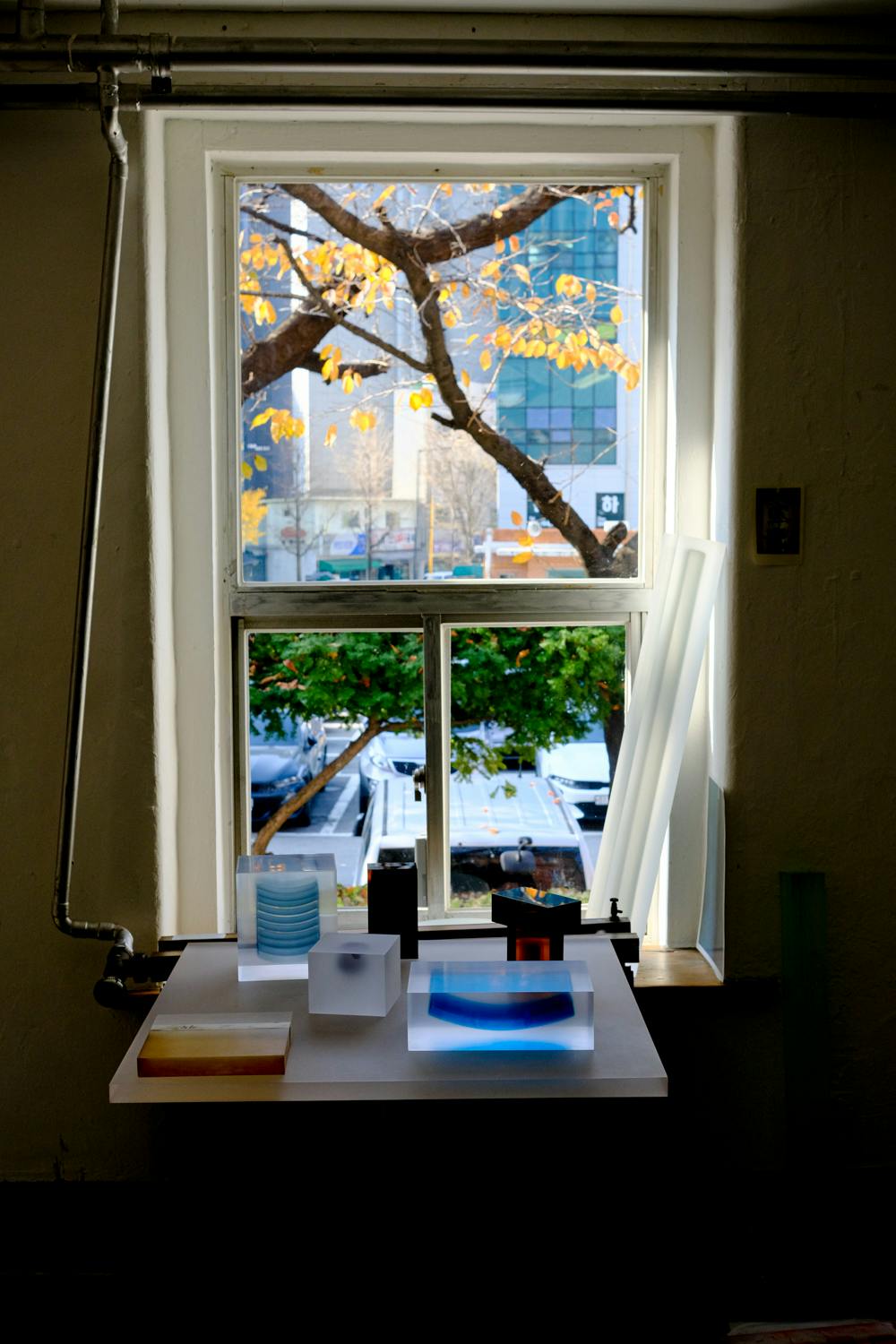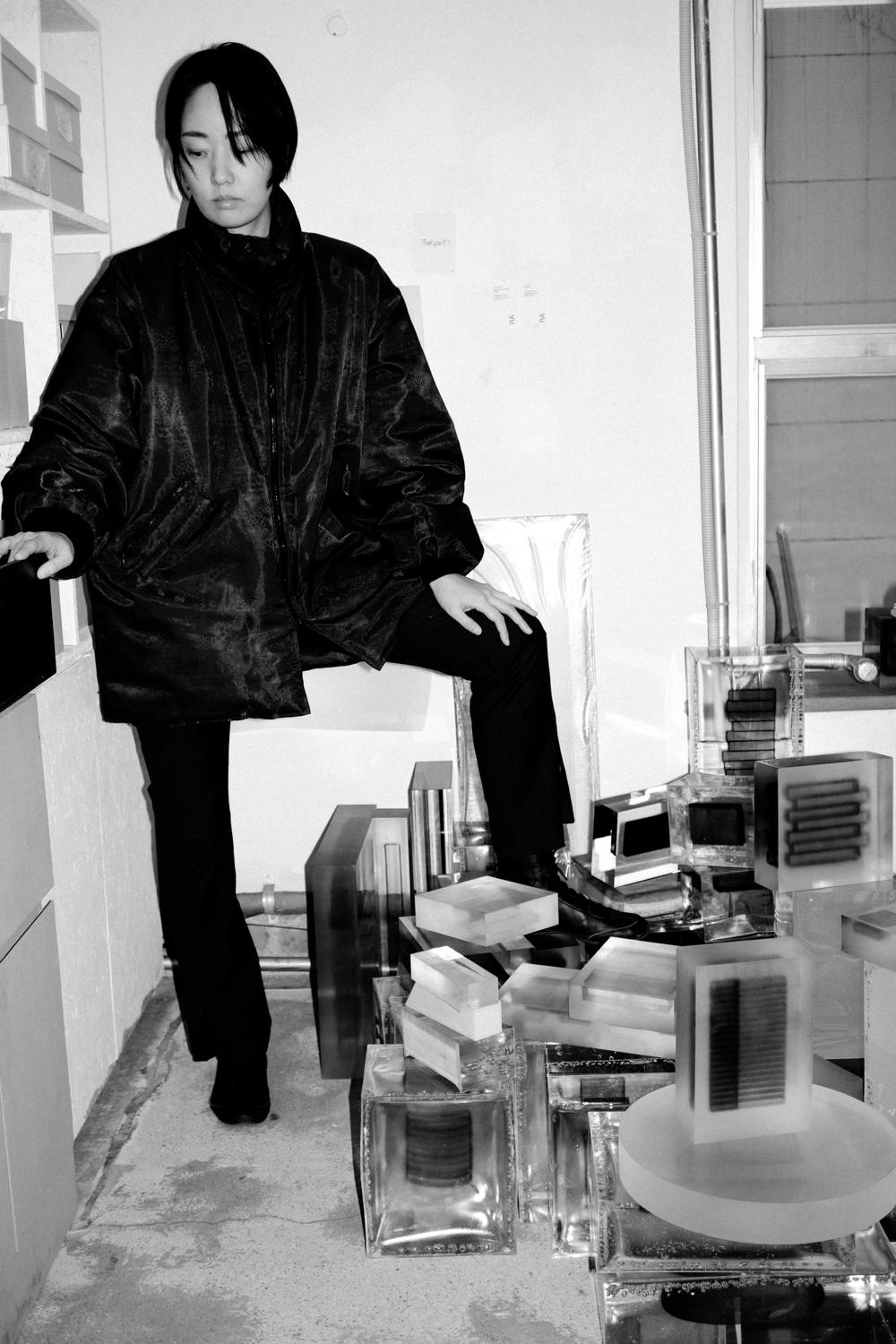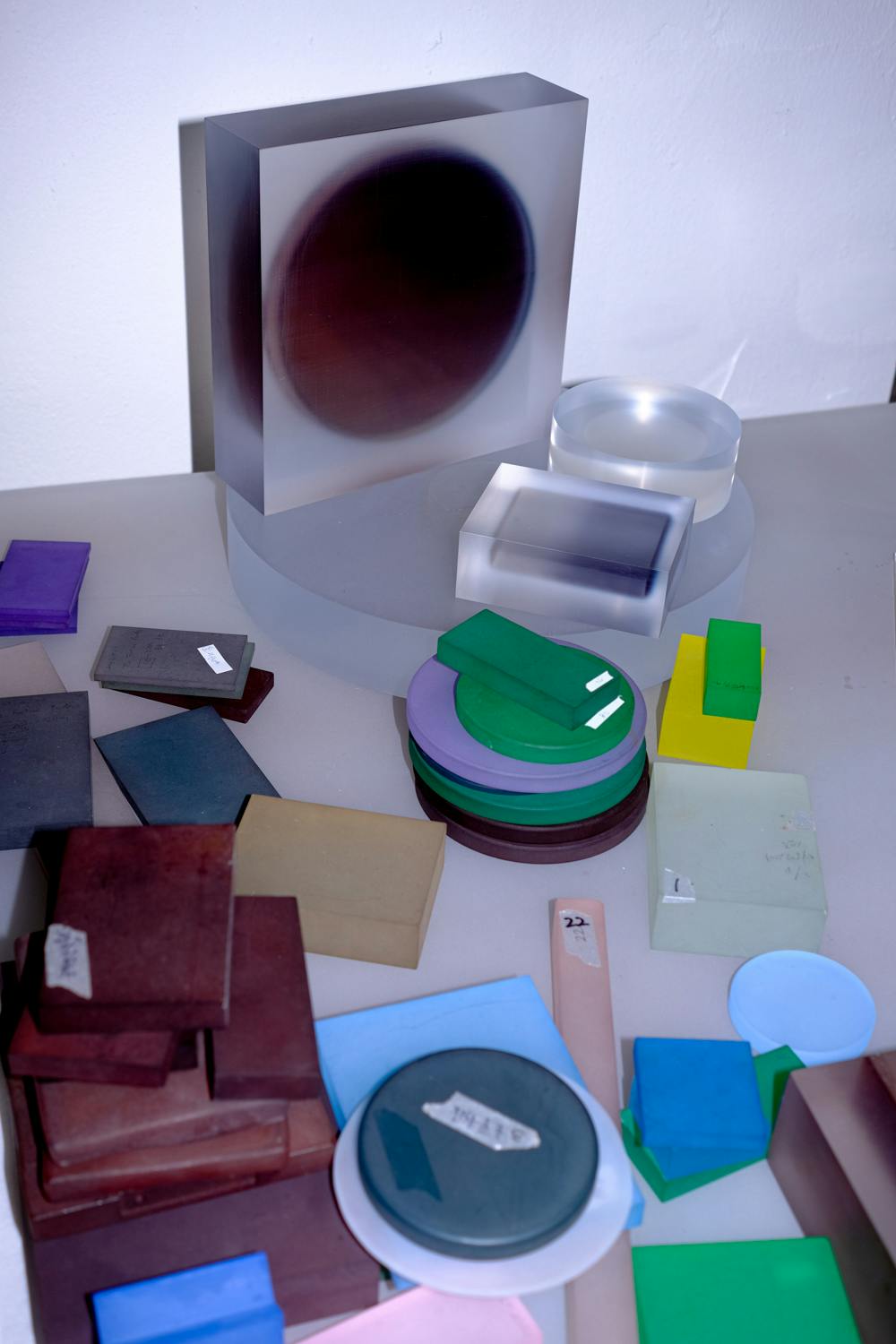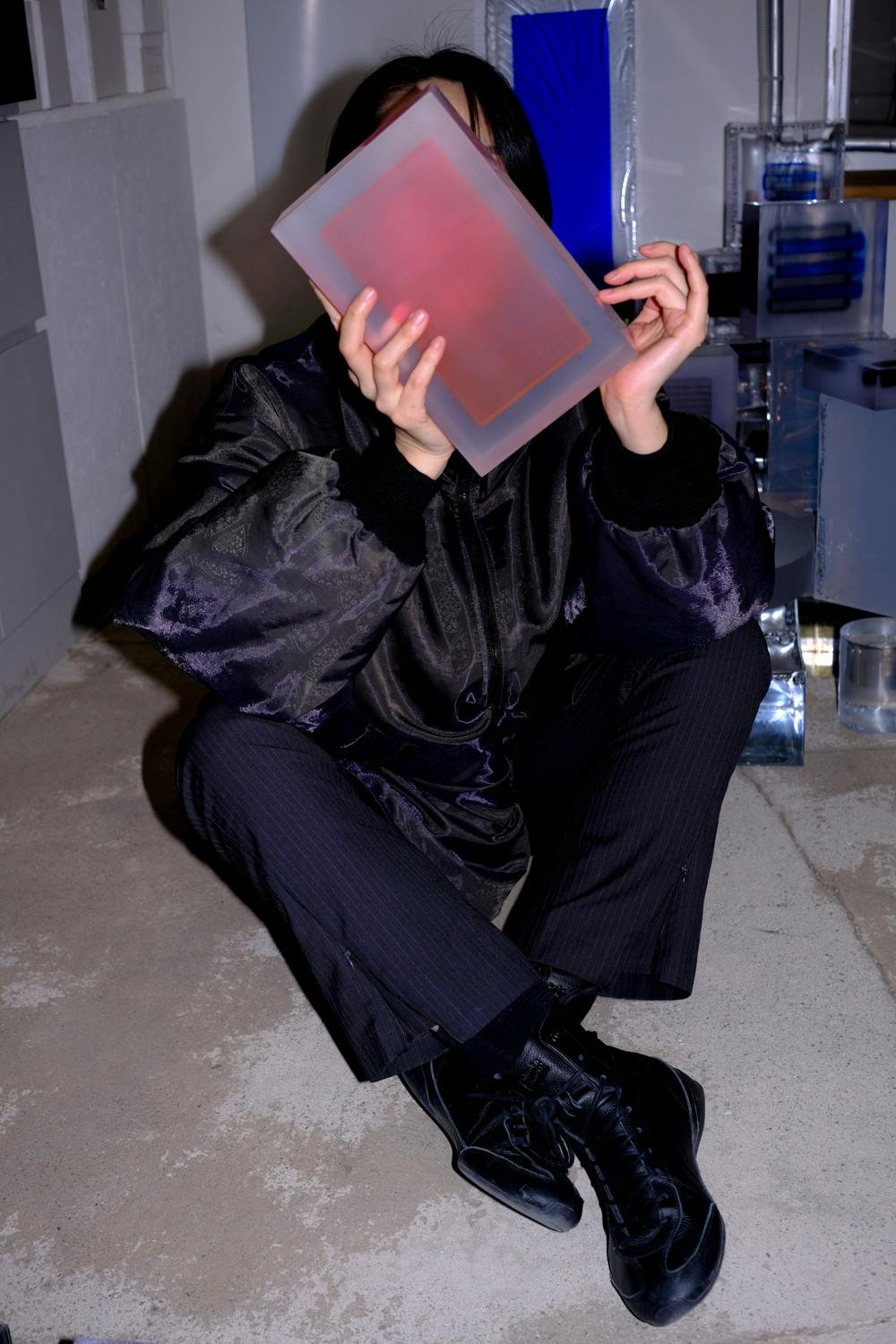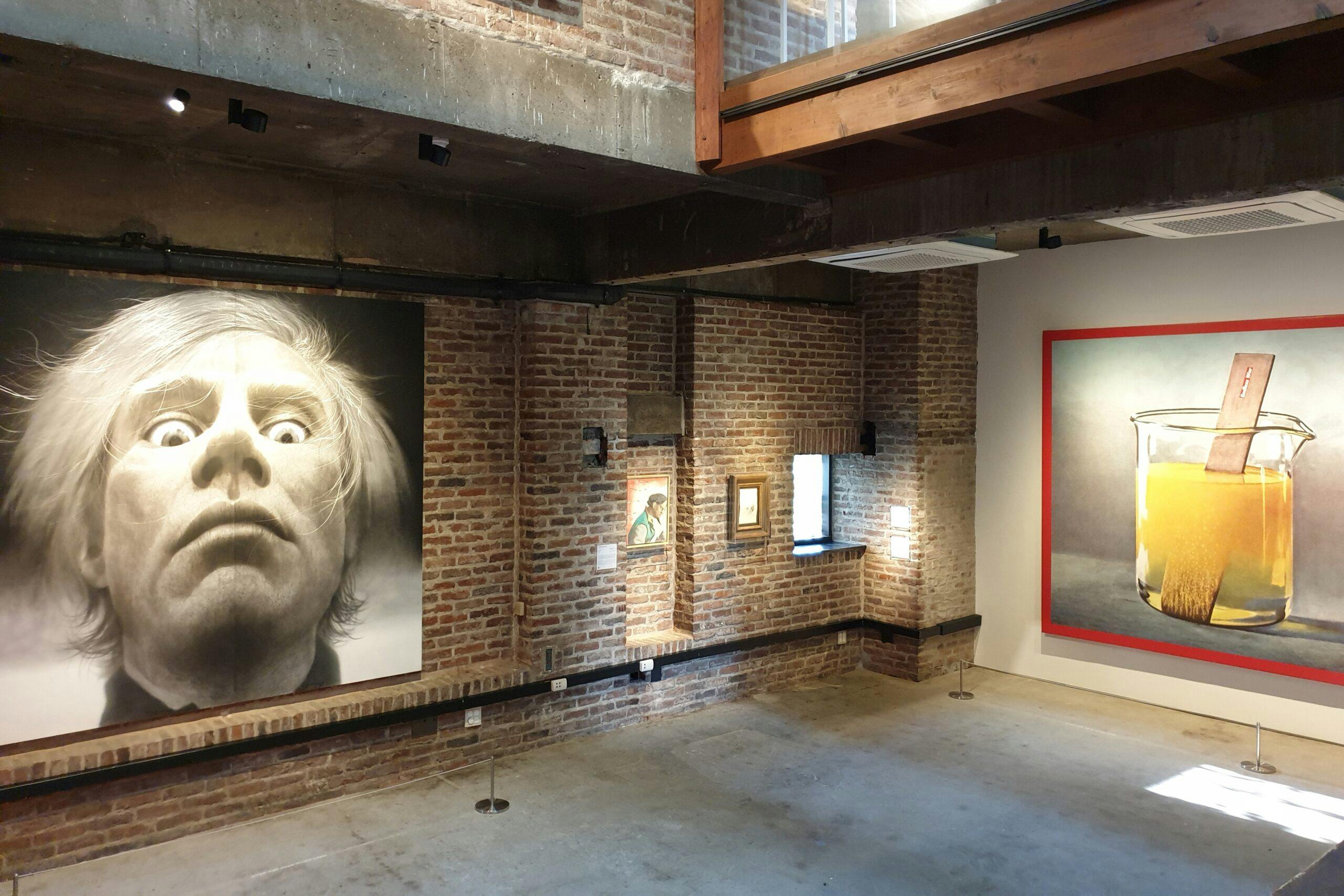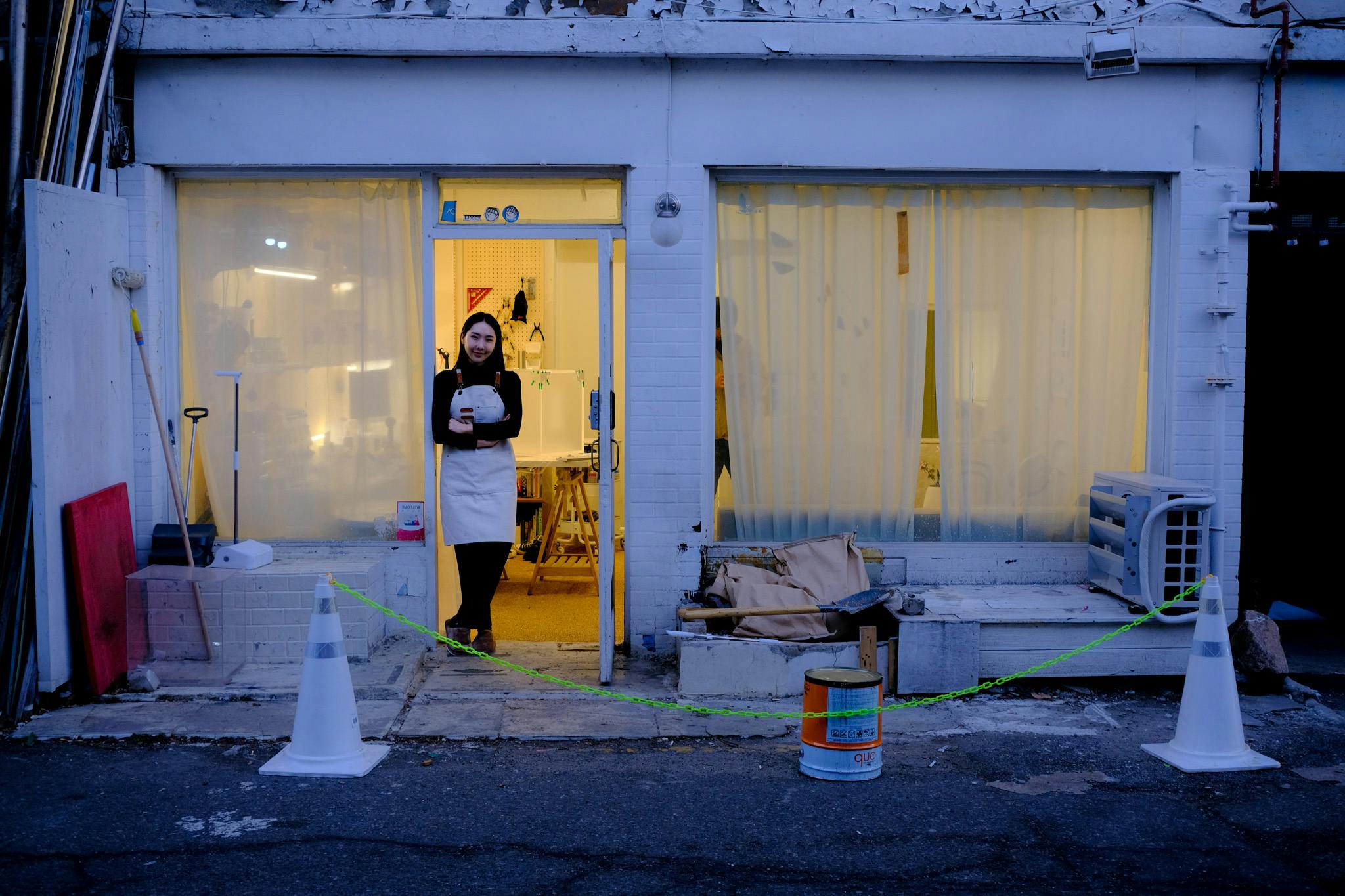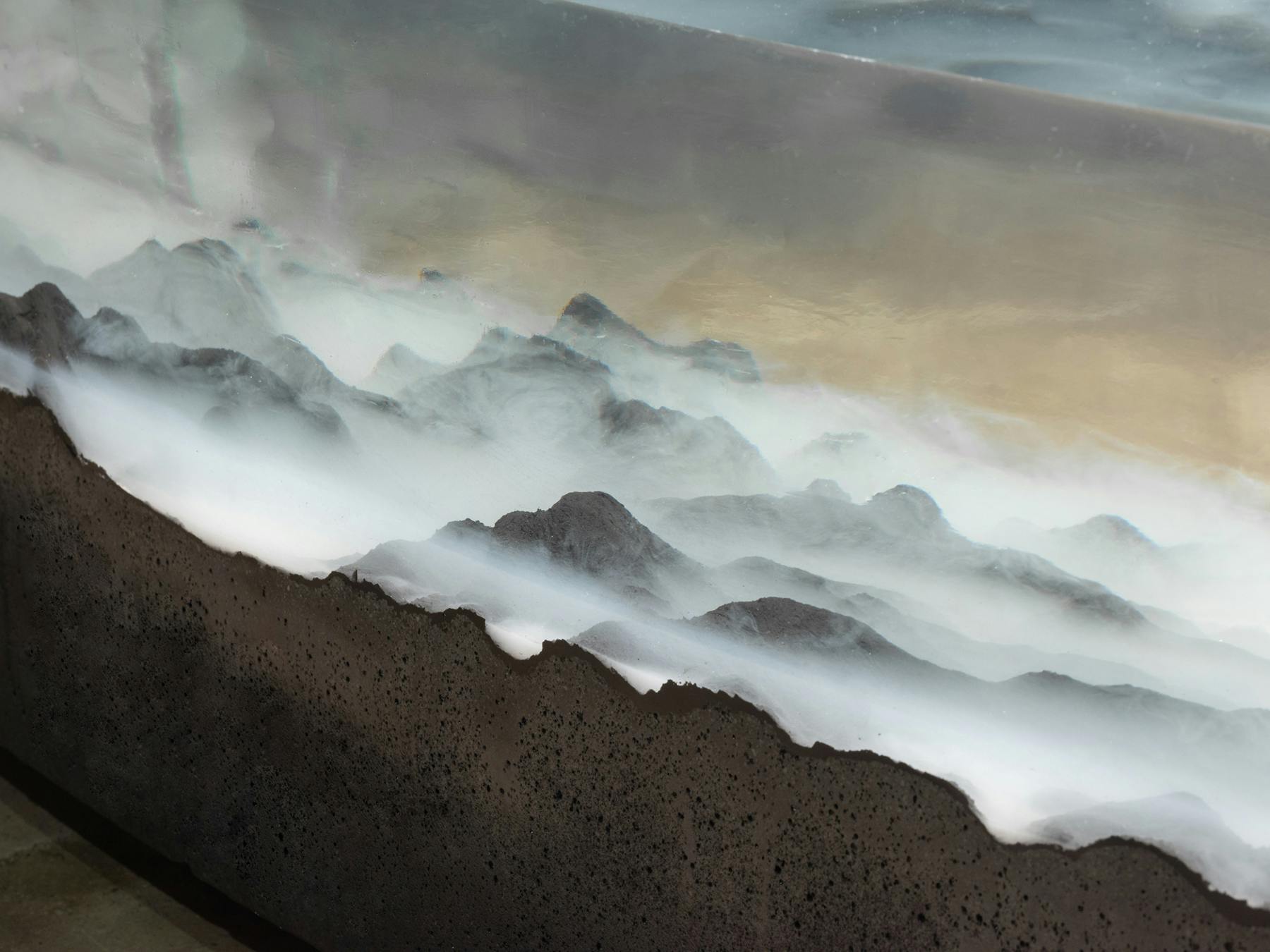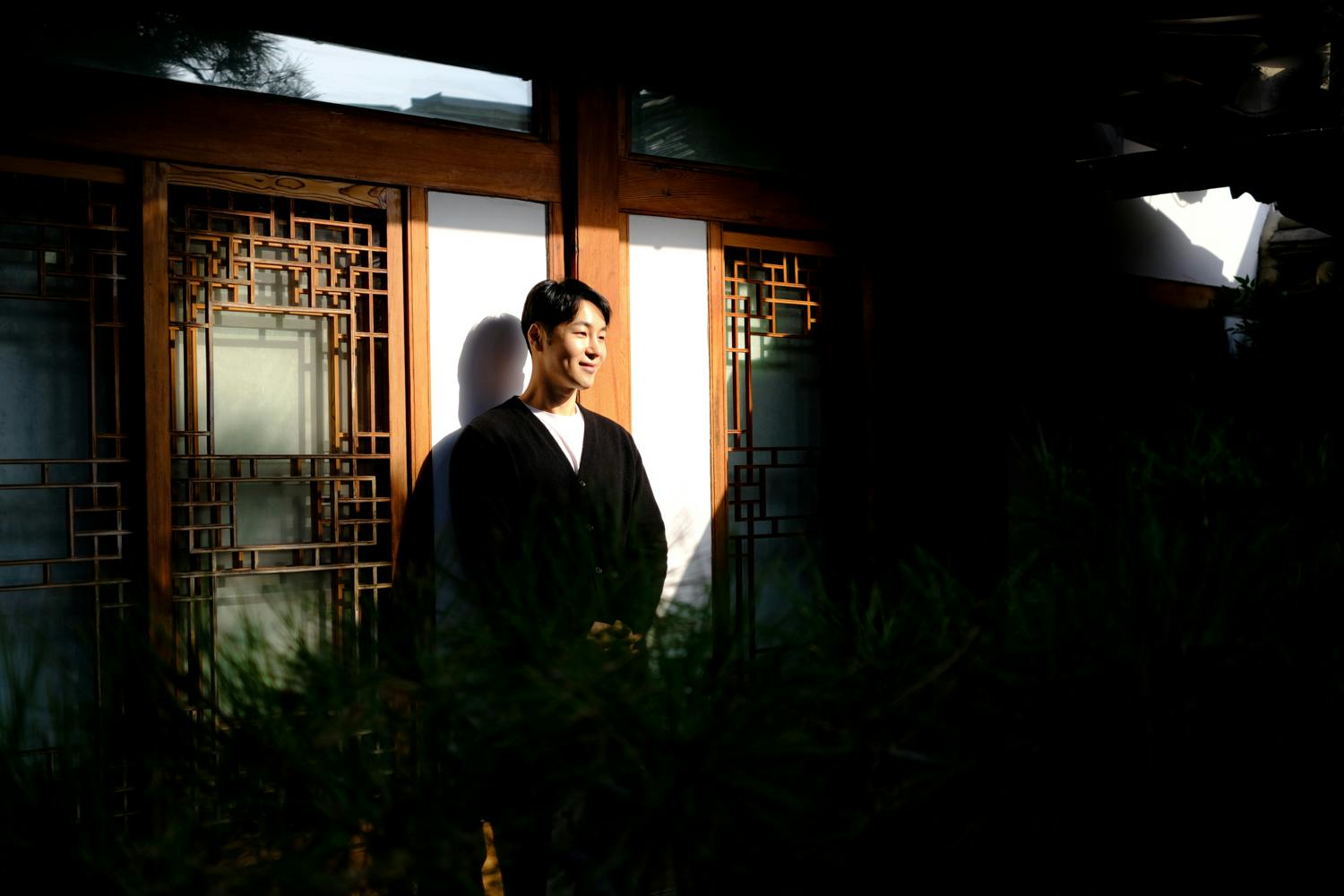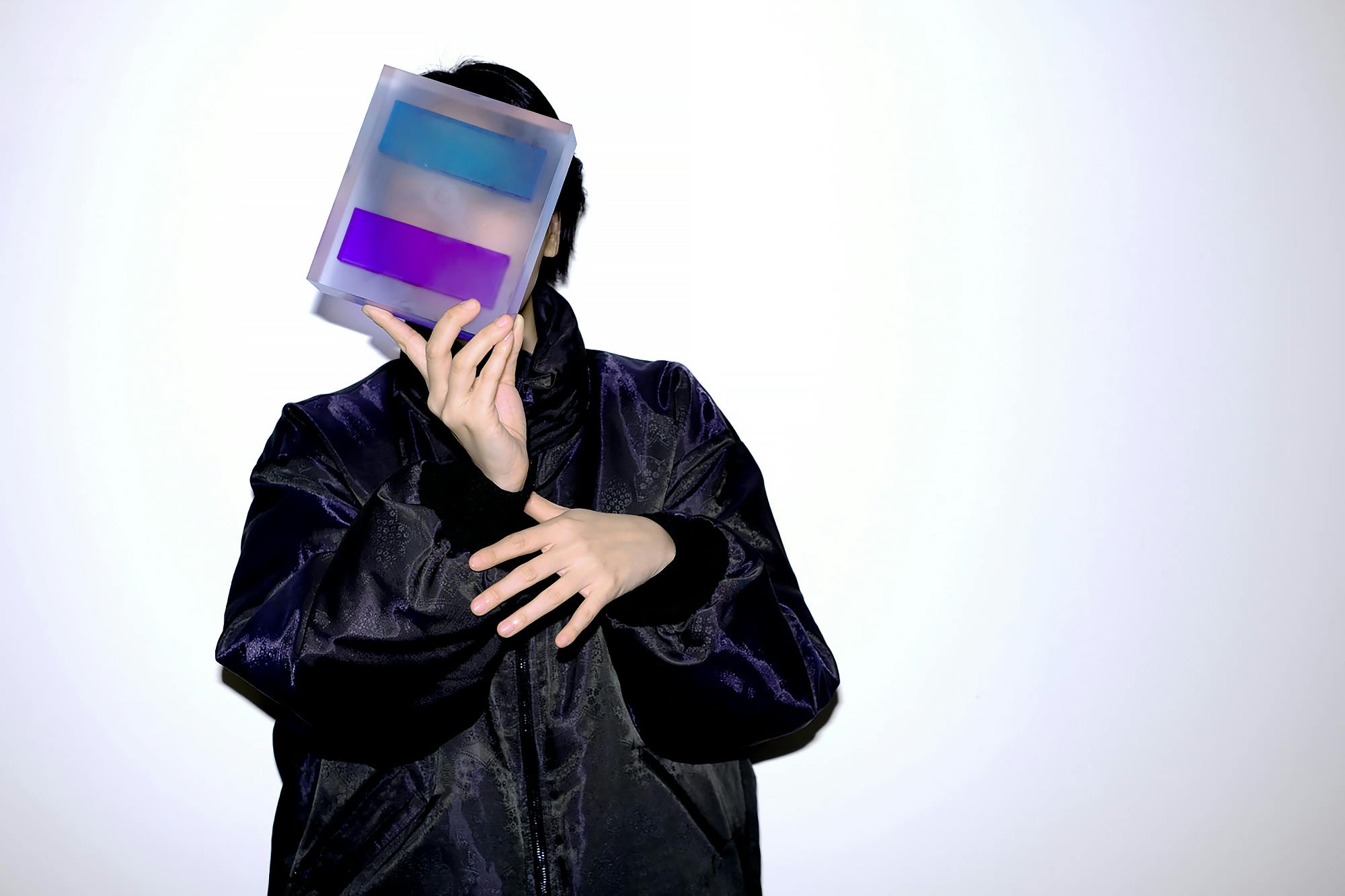
Studio Visit with Rahee Yoon
We do a studio visit in Seoul, South Korea, with designer and artist Rahee Yoon.
Korean Designer Rahee Yoon breathes poetry into her sculptures, which go through the hands of five different craftsmen and eight different processes before they can be considered finished. The multidisciplinary designer, starting with Graphic Design, has studied metalwork, textiles, ceramics, and woodworking yet found her calling in the medium of resin.
We visit her Seoul studio to discuss her collaboration processes, the difference between art and design, experimenting with pushing the innovation of her process, and re-narrating her pieces through photographs once they are finished.
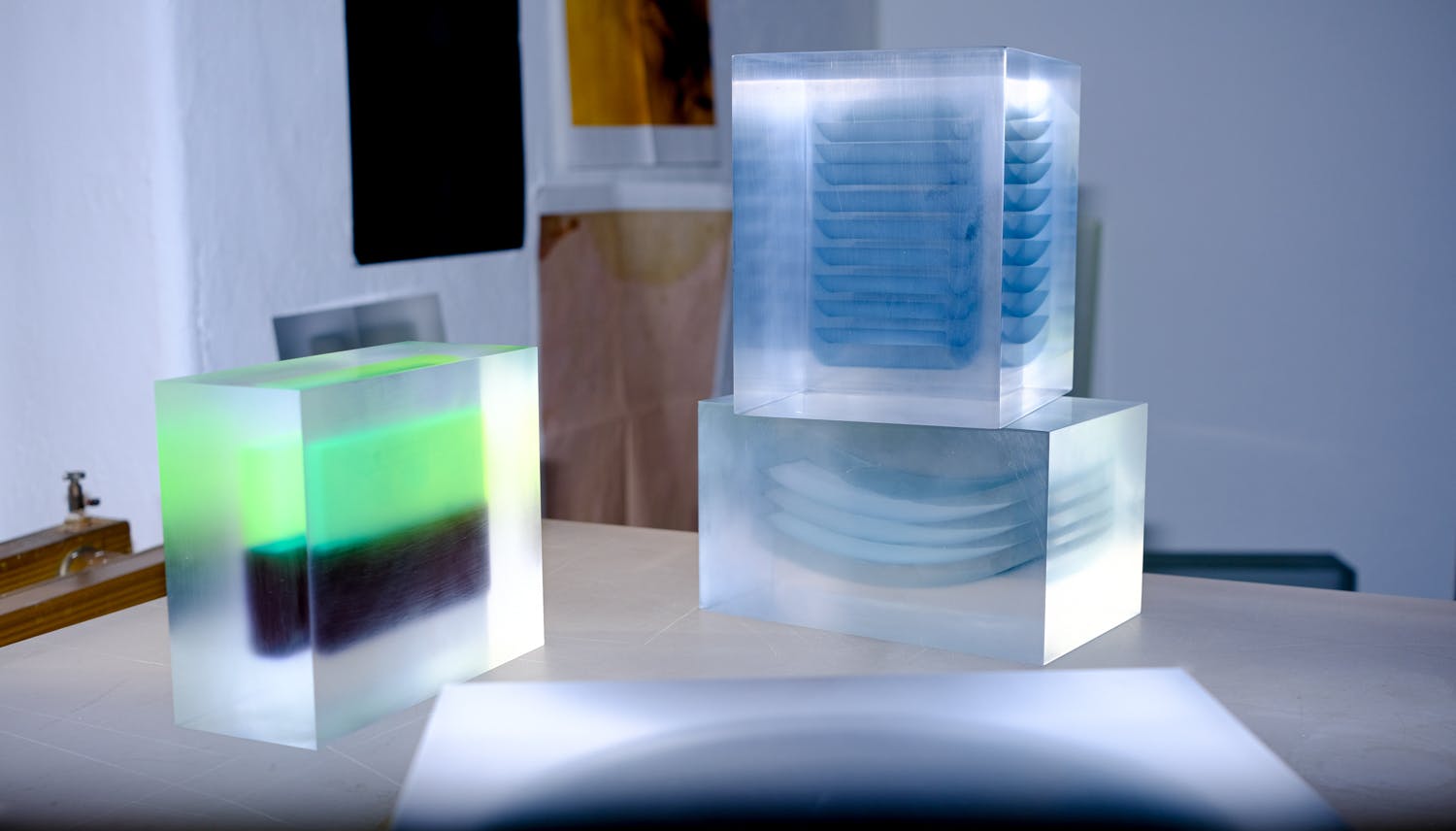

Kristen_ You worked as a freelance designer for seven years before starting your own creative practice. Was that as a furniture designer or a graphic designer?
작가로 활동하시기 전에 (7년) 동안 프리랜서 디자이너로 일했다고 들었습니다. 가구 디자이너였나요, 아니면 그래픽 디자이너였나요?
Rahee_ When I graduated with a major in crafts, I found it was a pity that what I had worked on ended up just staying in exhibitions. I had a vague notion that it would be nice if the things I made were unfolded and expanded in other spaces. After that, I worked as a designer, creating objects and styling seasons for select shops and brand spaces. It wasn't clear what kind of designer I was; it was rather a simple approach, applying what I made to different contexts.
공예를 전공하고 학교를 졸업할 당시 재료를 다루고 만든 것들이 단지 전시장에 머무는 것이 지루했던 것 같아요. 만든 것들이 어떤 확장되고 가벼운 공간에서도 펼쳐지면 좋겠다고 막연히 생각했고요. 그 후 생겨나기 시작한 편집숍, 브랜드의 공간을 위한 오브제를 만들고 시즌 연출을 하는 등의 디자이너로 일을 했습니다. 명확하게 어떤 디자이너였다기 보다는 재료를 가지고 만든 것을 이곳에 적용해보자는 단순한 접근이었어요.
How did that experience impact your current studio? How do you feel it prepared you for it?
그 경험이 현재 작업에 어떤 영향을 미쳤나요? 어떤식으로 지금 하시는 작업을 준비해온 것 같은 느낌이 드나요?
My experience as a designer helped me a lot with the current working process that is required in my personal work. I’ve learned how to focus on an elevated level through my practice. I now realise the importance of finding good details in any piece of work and focusing on the process of making things better.
프리랜서 디자이너의 그간 경험은 개인 작업을 할 때도 요하는 실질적 업무 프로세스에 많은 도움을 주었어요.그리고 개인 작업을 하게 되면서는 붕 떠있는 상태에 놓인 것 같은 집중력을 배우게.되었어요.지금은 어떤 작업에서든 발견하면 좋을 세부 요소들을 찾는 법을 배우고, 더 잘 만들어보고자 하는 과정에 집중하는 것이 중요하다는 것을 인지하고 있습니다.

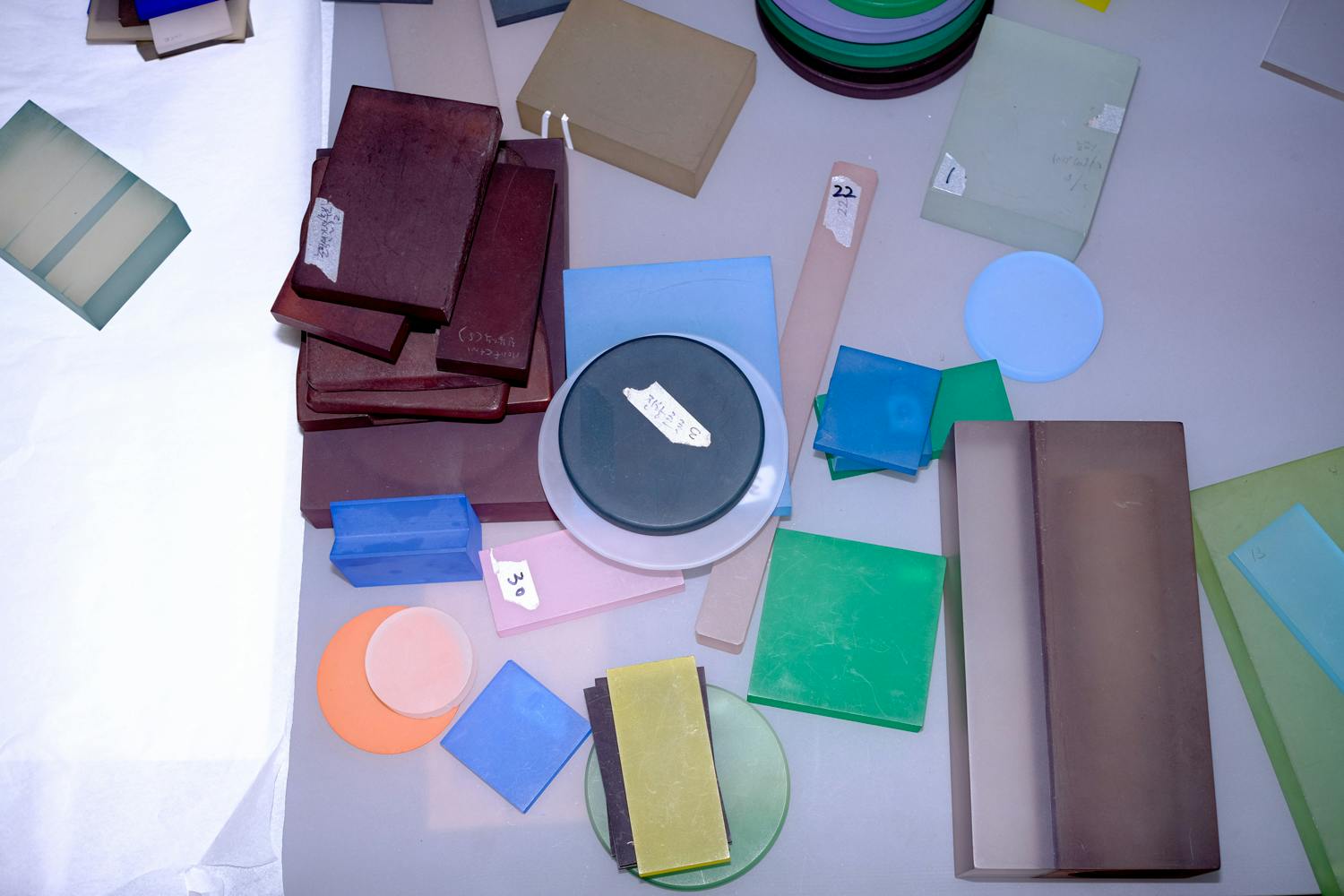
When did you know it was time to branch out and be independent?
독립해야 할 때라는 것을 언제 알았나요?
There wasn’t necessarily a definitive moment.
어떠한 결정적인 순간이 있었던 것은 아니었습니다.
I read that you used to visit a dyeing factory in central Seoul while you were working as a freelance designer. Can you tell us more about that? What type of dyeing was the factory doing, and what did you do while you were there?
프리랜서 디자이너로 활동하면서 서울 중심부의 죽어가는 공장을 방문하곤 했다고 들었습니다. 그것에 대해 더 자세히 말씀해주실 수 있나요? 그 공장에서는 어떤 종류의 일을 하고 있었고, 작가님은 무엇을 하셨나요?
While these factories might seem intimidating from the outside, it turns out that they are fascinating places filled with marks of time’s passage. I visited a hand-dyeing factory that is one of only three remaining in central Seoul. They’ve been dyeing plastics such as buttons and clothing accessories in boiling water for over 30 years. I found out that they could hand-dye acrylic materials, too. We’ve been working together for about nine years now.
제가 방문했던 공장은 사대문 안에 3개 밖에 남지 않은 곳으로 수작업으로 염색을 하는 공장이었어요. 동대문에서 파는 단추나 의류 부자재 등의 플라스틱을 끓는 물에 염색하는 공장으로 30년 넘게 유지되고 있고요. 저는 그곳에서 아크릴도 수작업으로 염색 할 수 있다는 것을 알게 되었어요. 그 후로 함께 일한 지 9년 가량 되었습니다.
You have studied metalwork, textiles, ceramics, woodworking and resin casting – how did you decide that resin casting would be your primary material of focus?
금속 세공, 직물, 도자기, 목공을, 터득하셨는데, (전공에서 다루지 않았던) 아크릴이 작업의 주요한 재료가 될 것이라고 어떻게 결정하셨나요?
I couldn’t name a particular reason, but I always believed this material could work well.
정확한 이유는 알 수 없지만 이 재료에 대한 신념이 있었던 것 같아요.

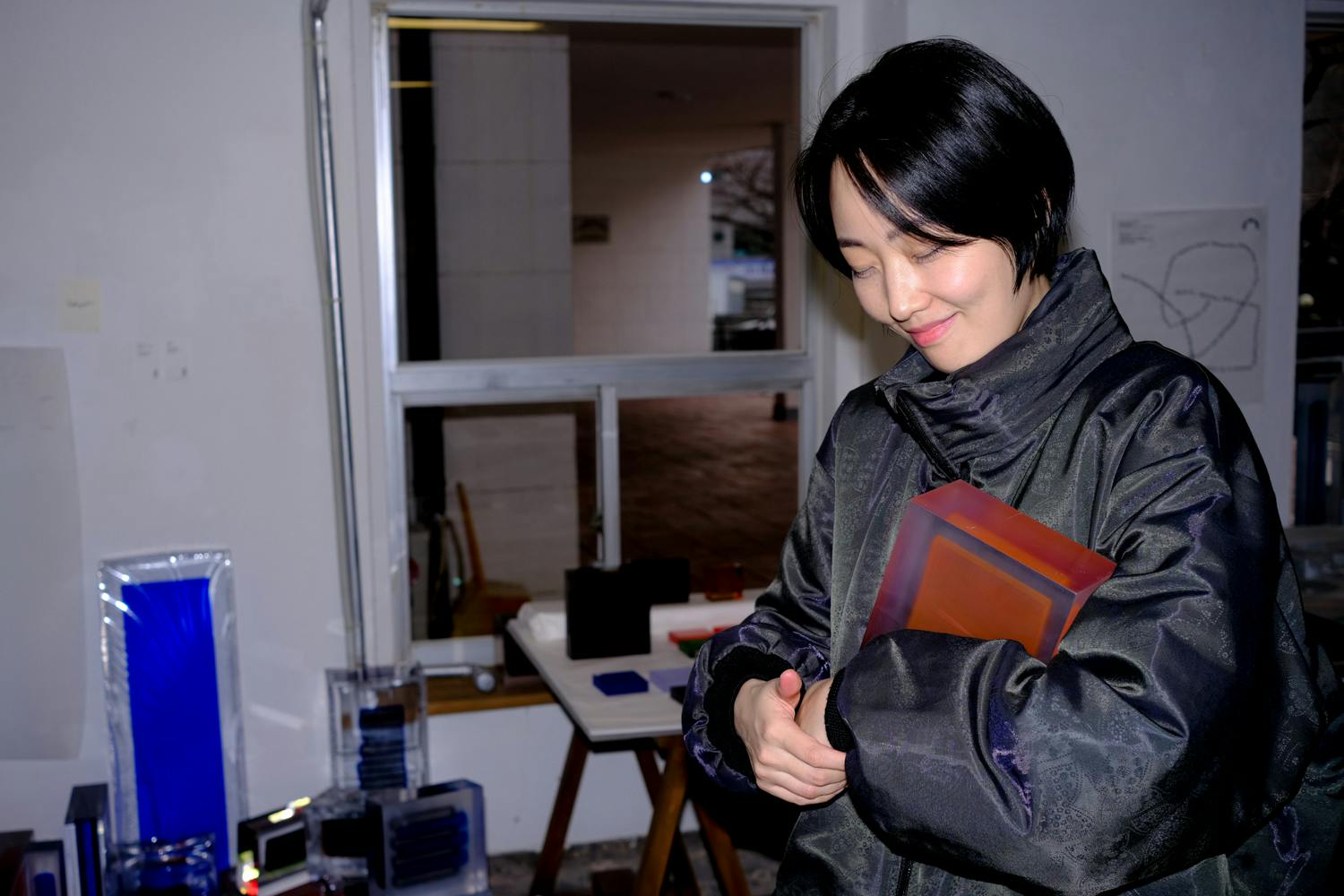
Are you interested in exploring the other materials and processes again in the future?
앞으로 새로운 것을 탐구할 계획이 있으신가요?
I've been working with a team for a year now, and we’re constantly trying to find ways to be more structured as a studio. Aside from my personal projects, we work together on commercial spaces, with a focus on what we can add in terms of styling elements. It's a very delicate process having to work with each brand's particular story and choosing the right materials, including the planning, interior, and graphic design. I want to play the role of filling in the gaps or questioning between them.
작년 하반기부터 스튜디오에 팀원들이 생겼고, 팀원들과 스튜디오가 단단해 지기 위해 고민하고 있어요. 개인작업 외에 상공간을 다루는 프로젝트들을 함께 하고, 특히 상공간의 연출적 요소를 위해 우리가 할 수 있는 밀도를 찾아가고 있어요. 기획, 인테리어, 그래픽의 틈새에서 각각의 이야기와 재료를 섬세하게 다루는 작업이에요. 그 사이를 채워주거나 혹은 반문하는 역할을 하고 싶습니다.
I read your pieces go through a process of being worked on by five to eight craftsmen. How did you first start working with these craftsmen, and was it difficult to get them to experiment with you at first?
작가님의 작품은 5~8명의 기술자가 작업하는 과정을 거친다고 들었습니다. 이 기술자들과 어떻게 처음 작업을 시작하게 됐나요? 또, 그분들과 협업하는 과정이 어렵지는 않았나요?
I used to work with just one factory at first, but then I started seeking out factories that had the particular skills I was looking for. Today, I work closely with five people through the eight stages of my production process. They’re all different. For instance, the owner of the dyeing factory joked they would need blood pressure medication just to keep up because our attention to detail is so meticulous. The CEO of a company that manufactures thick acrylic sheets not only has exceptional technical skills but also plays a crucial role as a major collaborator of mine beyond just providing technology or resources. Also, I was fortunate to eventually find a craftsman who could deal with the most difficult stages of my work. We all keep experimenting together to find new technology. It is not easy to continuously experiment, but we all have a common understanding and goal to achieve the best possible results. Prototyping is adjusted within the limits of what I can handle financially and physically to carry around from factory to factory. These stages ultimately led me to be able to make my main work more freely.
스튜디오 초창기에는 1개의 공장과 일했고 그 후 원하는 기술을 가진 공장을 물어 물어 찾아간 것이 지금에 왔네요. 많은 경우에는 여덟 단계의 공정도 있지만, 제가 밀접하게 일하는 분은 약 다섯 분 정도 돼요. 각각의 성격이 다 다르신데, 염색공장에서는 세세한 색까지 주의를 기울여야 하기에 사장님은 제가 가면 혈압약 먹어야겠다고 하시기도 하세요. 두꺼운 아크릴 판을 생산하는 지방의 한 회사는 전 세계의 네 곳 정도 밖에 안 되는 기술력을 가진 곳인데, 그곳 대표님은 단순히 기술이나 비용을 넘어 큰 조력자 역할도 해주세요.
그리고 제작 과정 중 가장 어려운 단계가 있는데 어렵게 찾게 된 이 기술자를 만난 것이 저에게는 행운입니다. 새로운 기술을 위해 계속해서 실험하시거든요. 날카로운 태도로 실험해야 하는 작업 공정이 녹록지 않지만, 지금 시점에서 가장 나은 결과물을 도출하겠다는 공통의 목표가 암묵적으로 전제하고 있어요.
저에게 변화를 위한 프로토 작업은 제가 감당할 수 있는 작업비, 혼자 공장들을 들고 다닐 수 있는 무게 안에서 조정됩니다. 그리고 이런 작업들이 결국은 더 자유로운 방향으로 가는 본 작업으로 되는 것 같아요.
It'saverydelicateprocesshavingtoworkwitheachbrand'sparticularstoryandchoosingtherightmaterials,includingtheplanning,interior,andgraphicdesign.Iwanttoplaytheroleoffillinginthegapsorquestioningbetweenthem.
Rahee Yoon
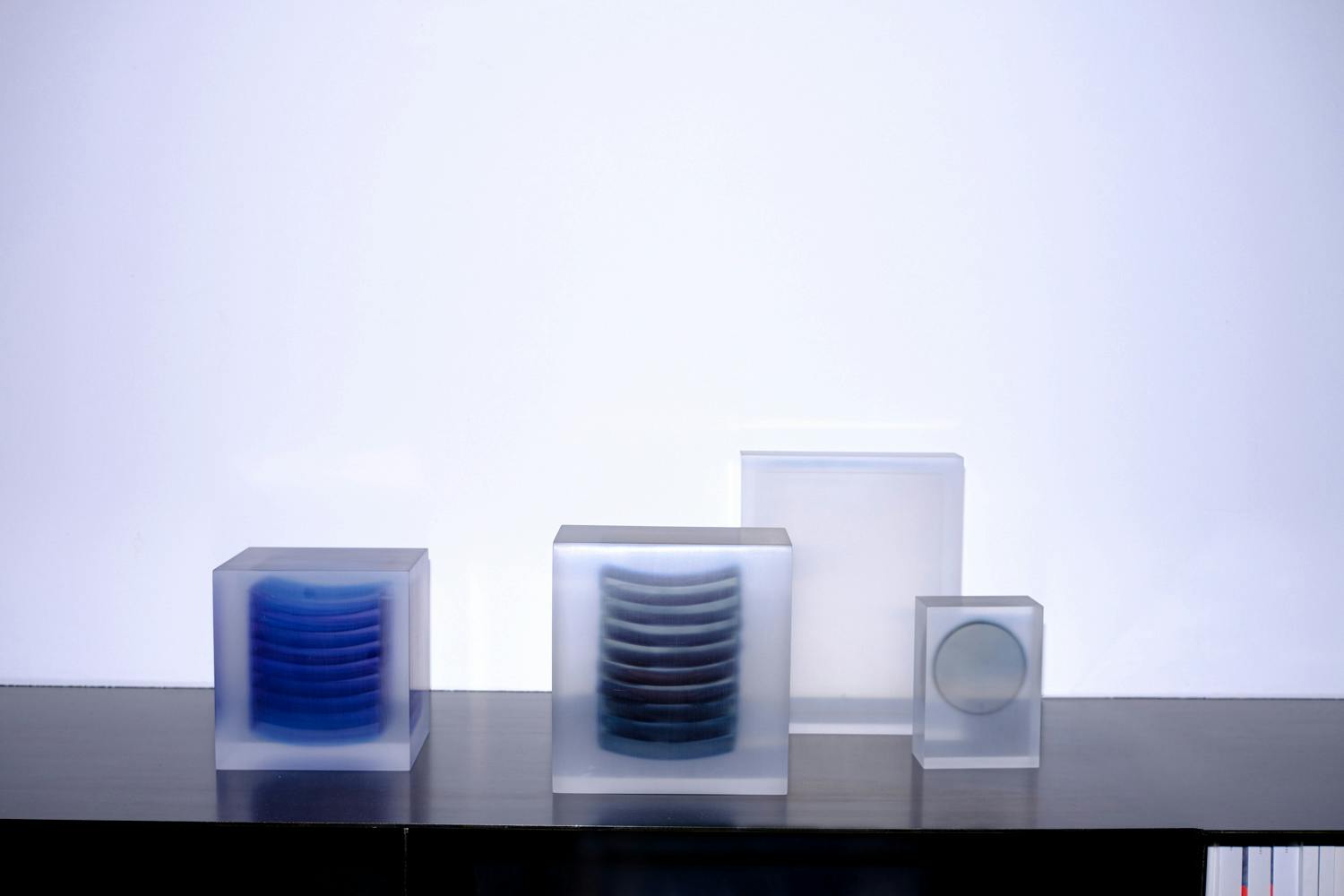

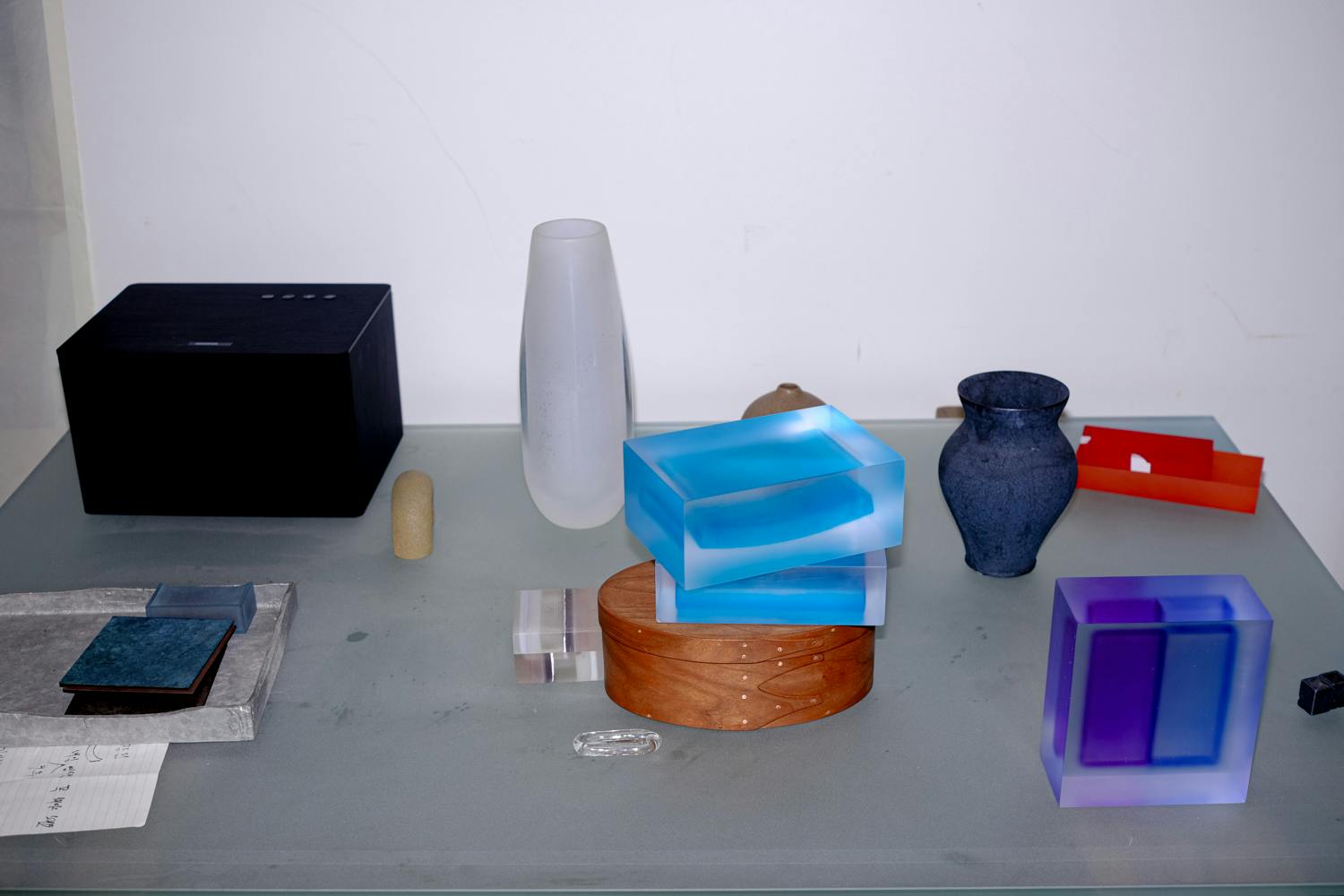
You like to nurture vague images and reshape them into tangible forms. I also read that you like to start with a narrative, and the potential for the object’s functionality only comes after – can you tell us a little bit about your creative process and what that looks like?
모호한 이미지를 발전시켜 실체적인 형태로 재구성하는 것을 좋아하신다고 들었습니다. 또 내러티브로 작업을 시작하는 것을 좋아하고 오브제의 기능에 대한 가능성은 그 다음에 온다고 말씀하신 것을 보았습니다. 작가님의 창작 과정에 대해 설명해주실 수 있나요?
I feel that chasing vague references is not powerful enough. Making images of specific things that I saw or felt and being able to carry them through to the end is important to me. Images help drive my work. It is also interesting to make the visuals ‘rhyme’ and re-narrate with the photographed images of a series after finishing the work.
막연히 떠도는 레퍼런스를 추구하는 것은 힘이 떨어지는 것 같아요. 직접 본 구체적인 것, 직관으로 실감한 것을 이미지화시켜 그 작업이 마칠 때까지 관철시켜보는 과정이 저에게는 중요해요. 이미지는 작업을 끌어가는 힘이기도 해요. 그리고 (거의) 완성된 작품을 사진가와 촬영하고 난 후에 한 시리즈의 작품 이미지들을 다시 내러티브하며 시각적운율을 만드는 과정에도 흥미를 느껴요.
What is the difference between art and design for you?
작가님에게 예술과 디자인의 차이점은 무엇입니까?
I think the difference lies in where you are unwilling to compromise. With art, it’s me I don’t compromise with. Whereas with design, it’s about not compromising on what you were asked to do.
타협하지 않으려고 하는 상대인 것 같아요. 예술은 나와 타협하지 않는 것.
디자인은 의뢰 받은 것에 타협하지 않는 것.
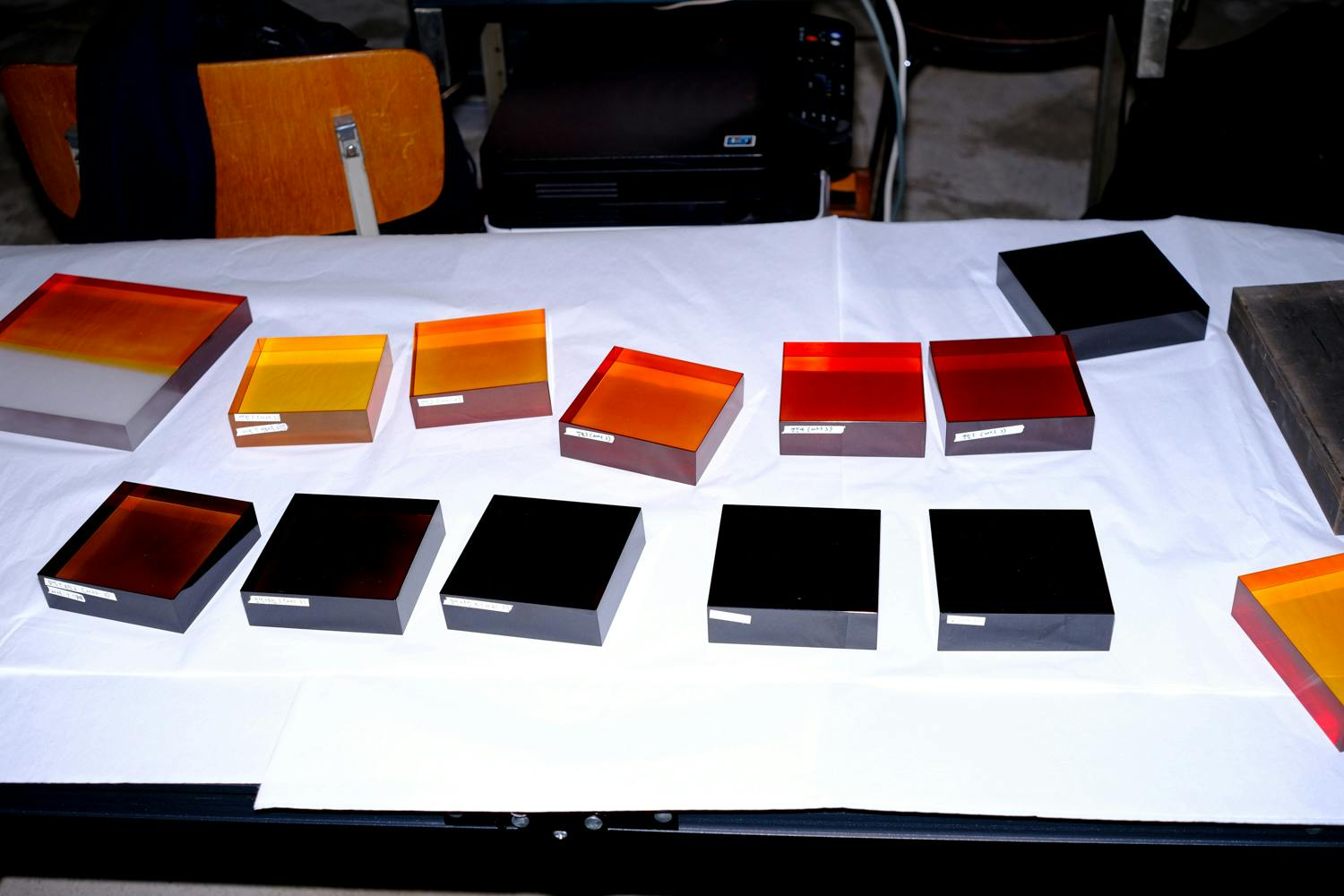
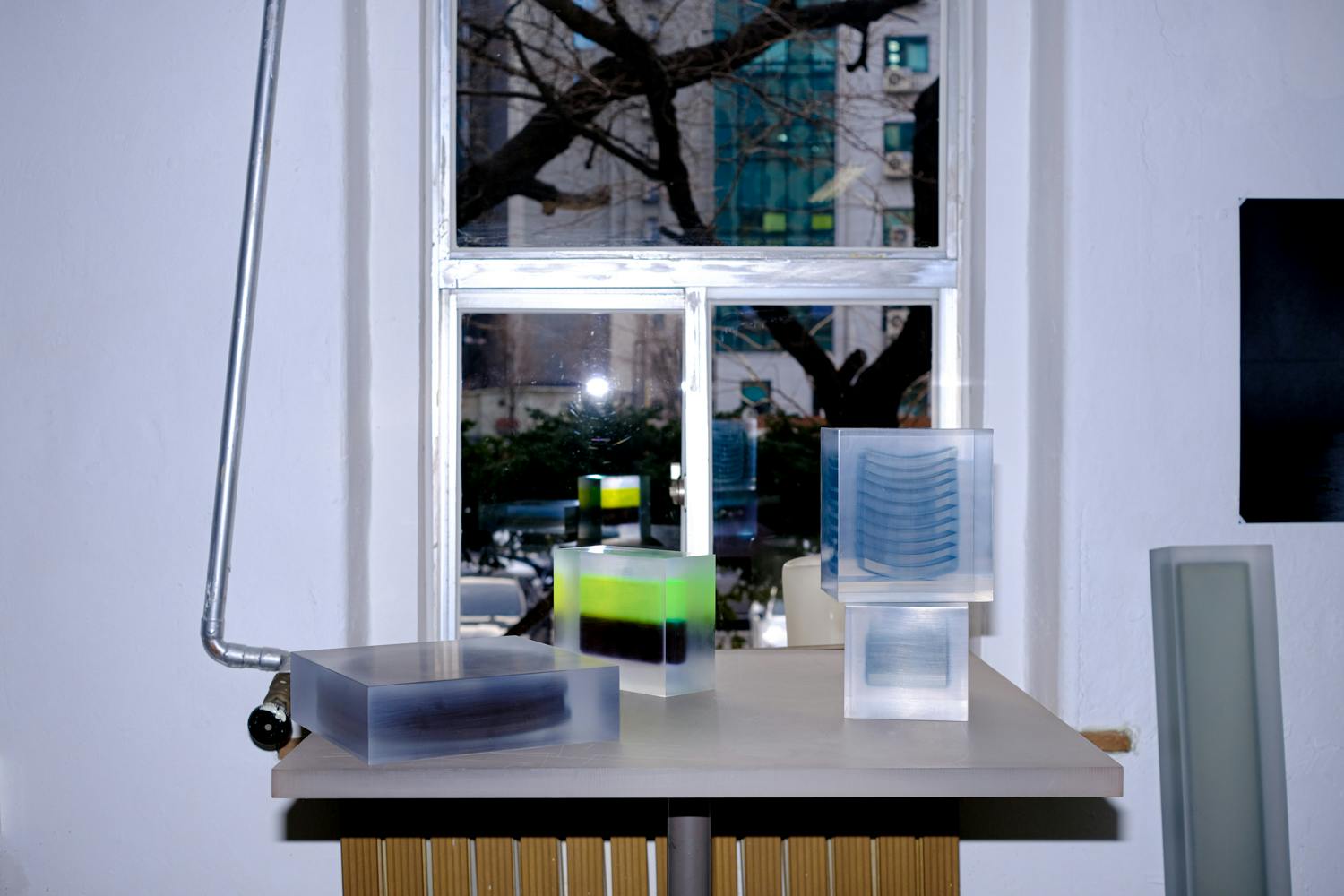
How did you define your style, and how do you feel an artist or designer develops their distinct style and approach?
작가님은 스스로의 스타일을 뭐라고 정의하시나요? 또 아티스트나 디자이너가 어떻게 자신만의 독특한 스타일과 접근 방식을 개발한다고 생각하시나요?
By trying for a long time, dedicating myself to making more ambitious work, and making mistakes while seeking to emulate something that looks easy but is actually very difficult.
오래 해보는 것. 잘 만들어보고자 헌신해 보는 것. 나도 할 수 있을 것 같은데 사실은 굉장히 어려운 것들을 따라 해 보다가 실수하는 것.
I see a lot of echoes of the aesthetic nuances of Korea and its landscape and urban environment in your work. How has your environment shaped your aesthetic, and how has it inspired you?
작가님의 작업에는 한국의 미학적 뉘앙스와 풍경, 도시 환경이 많이 반영되어 있다고 보입니다. 작가님의 환경은 어떻게 작가님의 미학을 형성하고 영감을 주었나요?
As it happens, I’ve never considered my work to draw on anything Korean. But for me, Korea has this duality - modest but sophisticated, rough but refined, lustrous but unstable, cold but beautiful. It’s also interesting to discover that duality in my work. The process may be thorough, yet I seek something coincident, materials that are shallow but deep at the same time, pursuing something and not pursuing anything simultaneously.
사실 작업에서 한국적인 것을 염두에 본 적은 없습니다.
한대 저에게 한국은 양면적인 것 같아요. 질박하면서 세련된, 거칠면서 정제된, 찬란하면서 불안한,, 냉철하면서 아름다운.제가 작업을 할 때도 대조적인 면이 공존하는 양면성을 파악하는 과정은 흥미로워요. 작업 과정은 치밀하지만 우연함을 바라고, 소재가 얕지만 깊어졌으면 하고, 무언가를 추구하지만 추구하고 싶지 않은 것이 공존하는 것이요.
